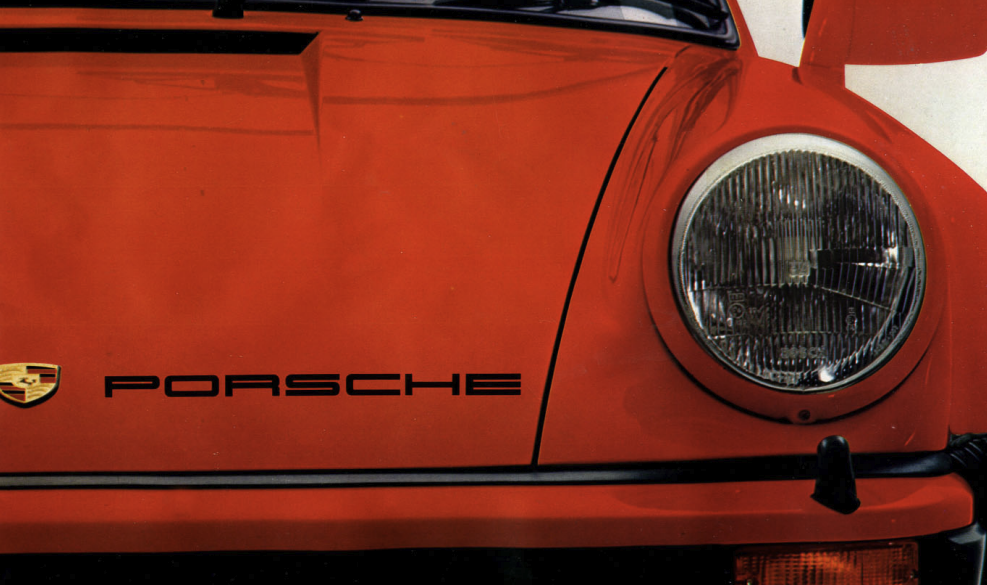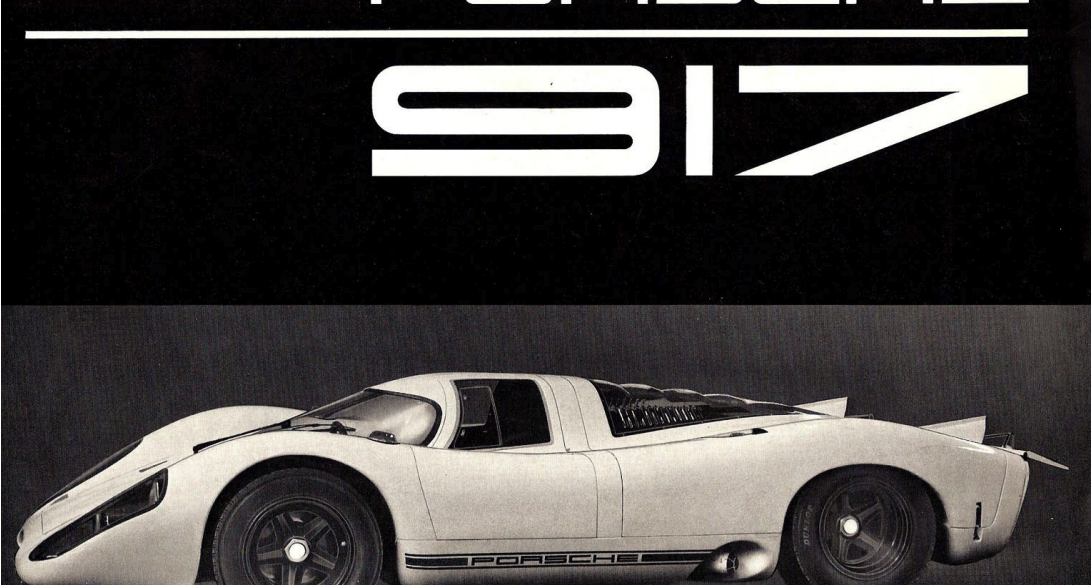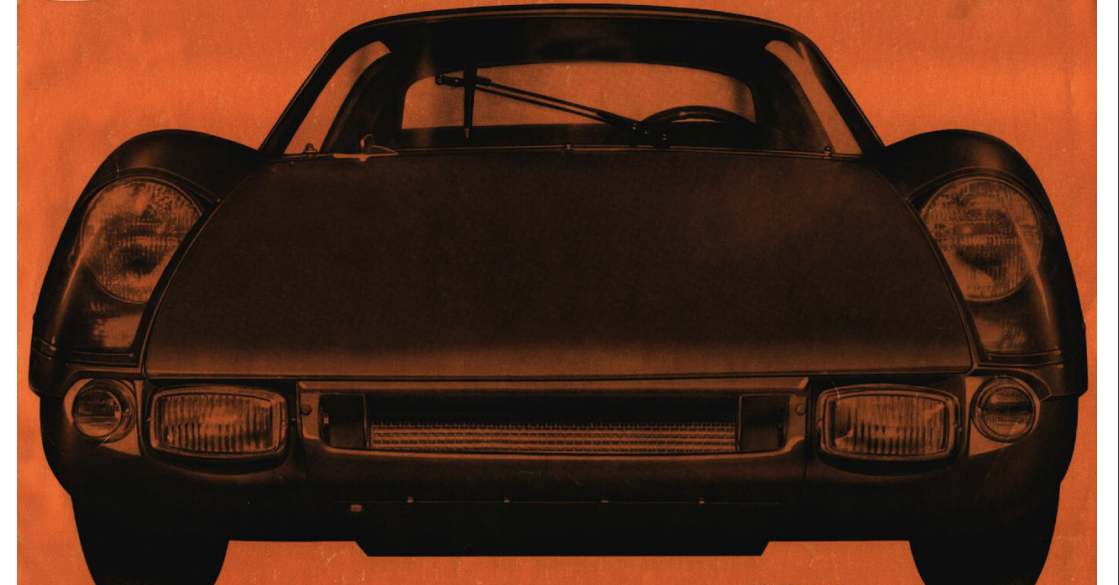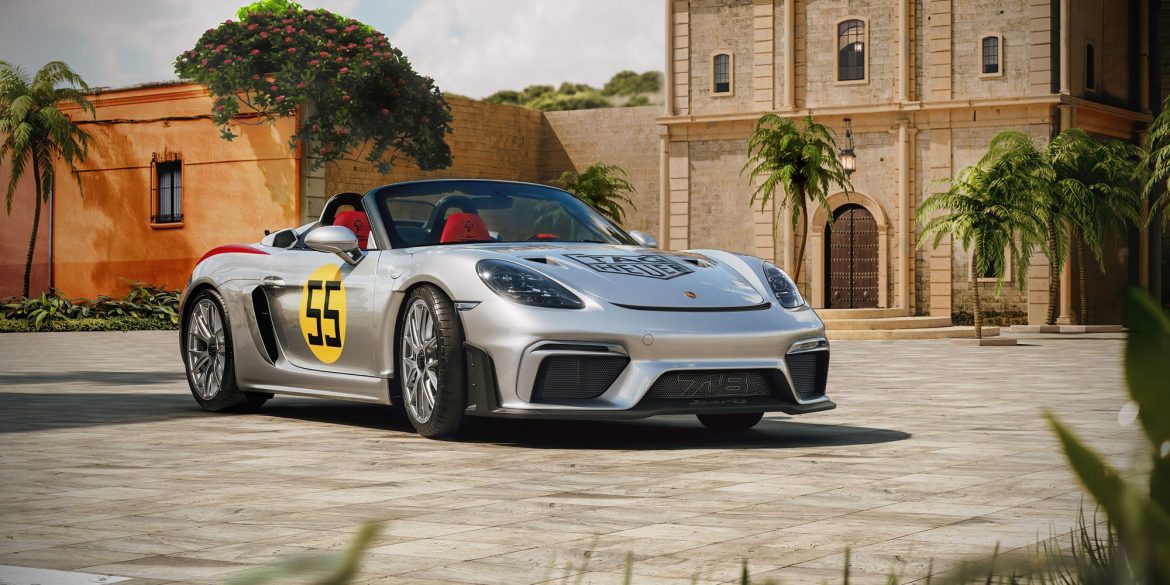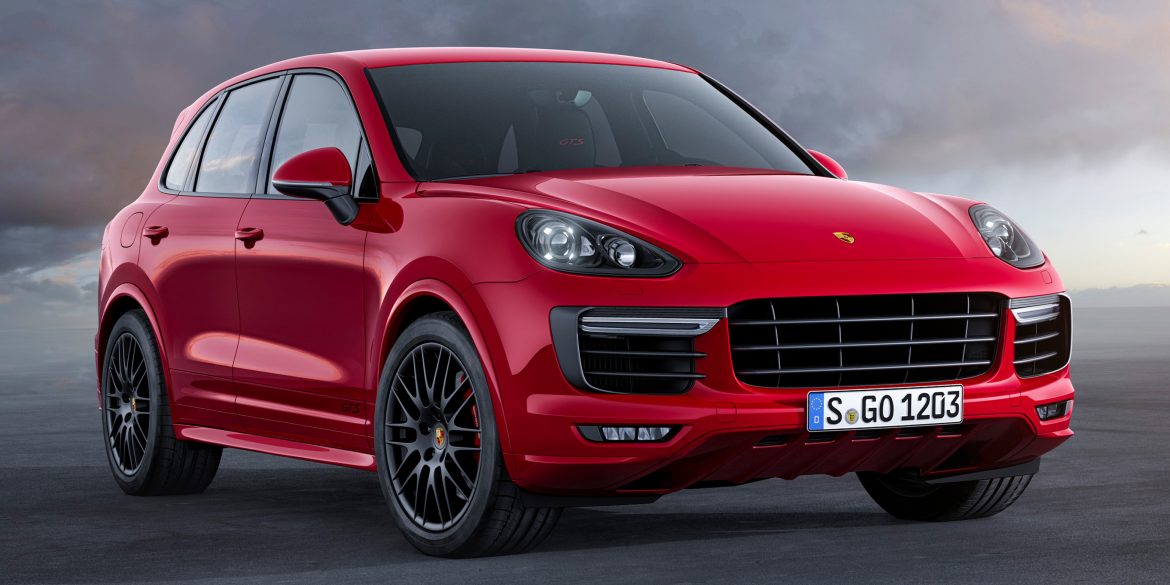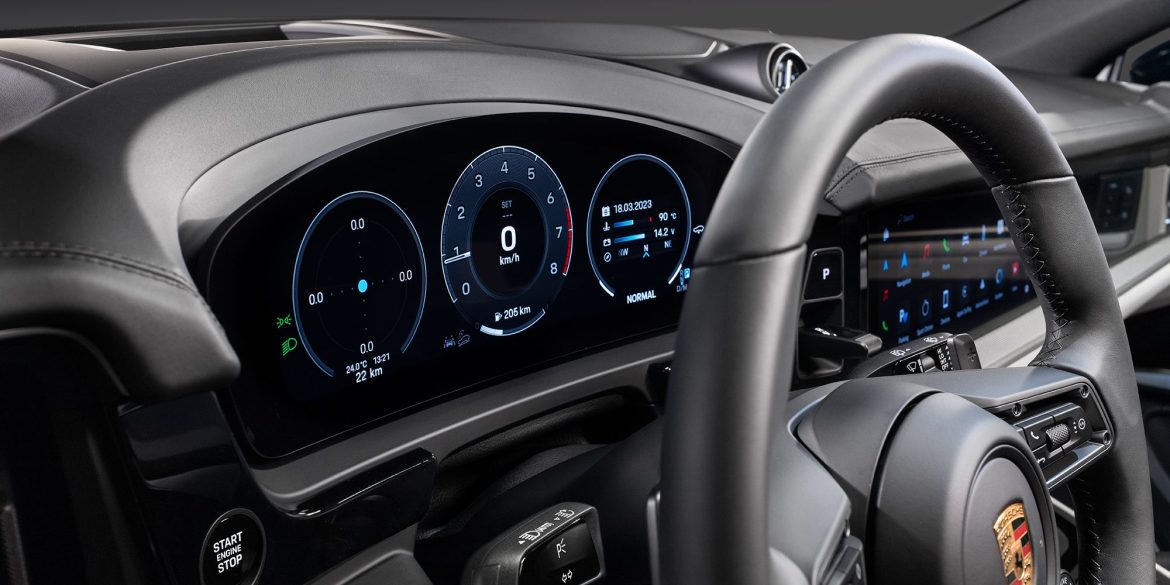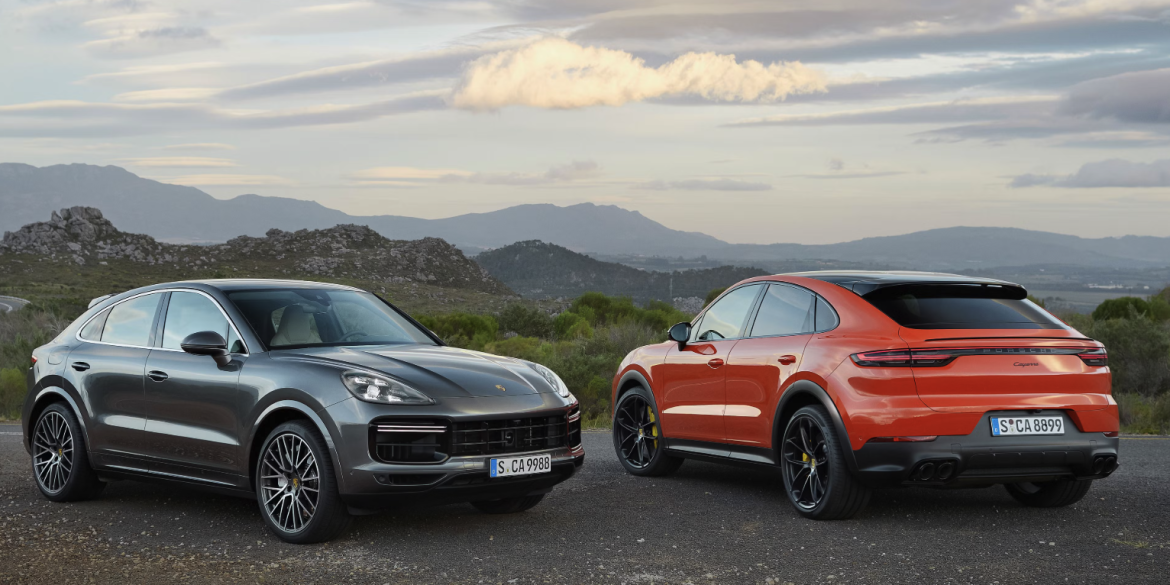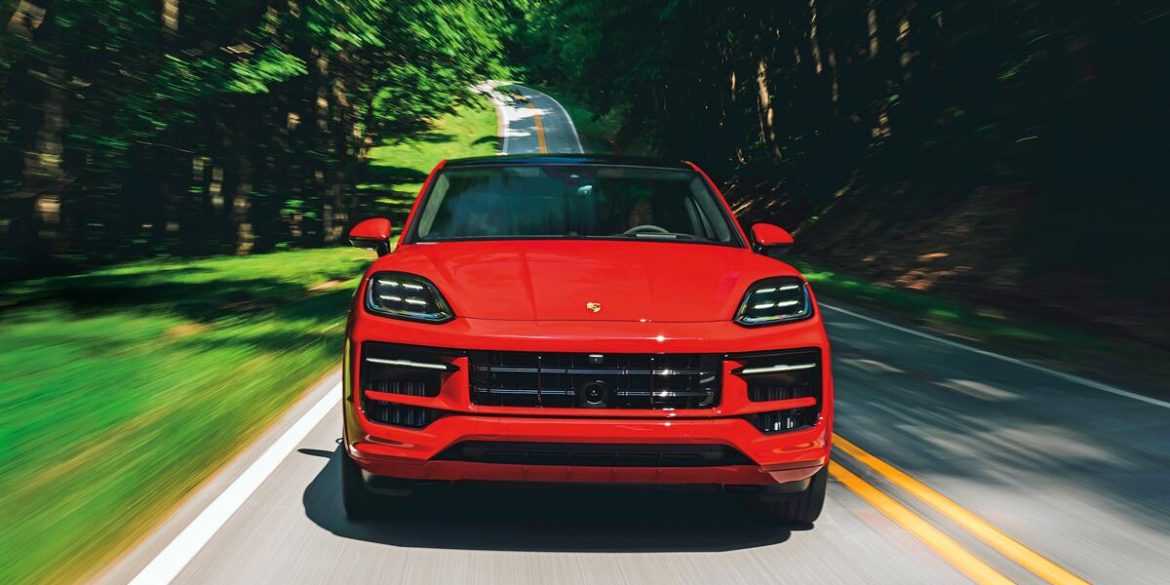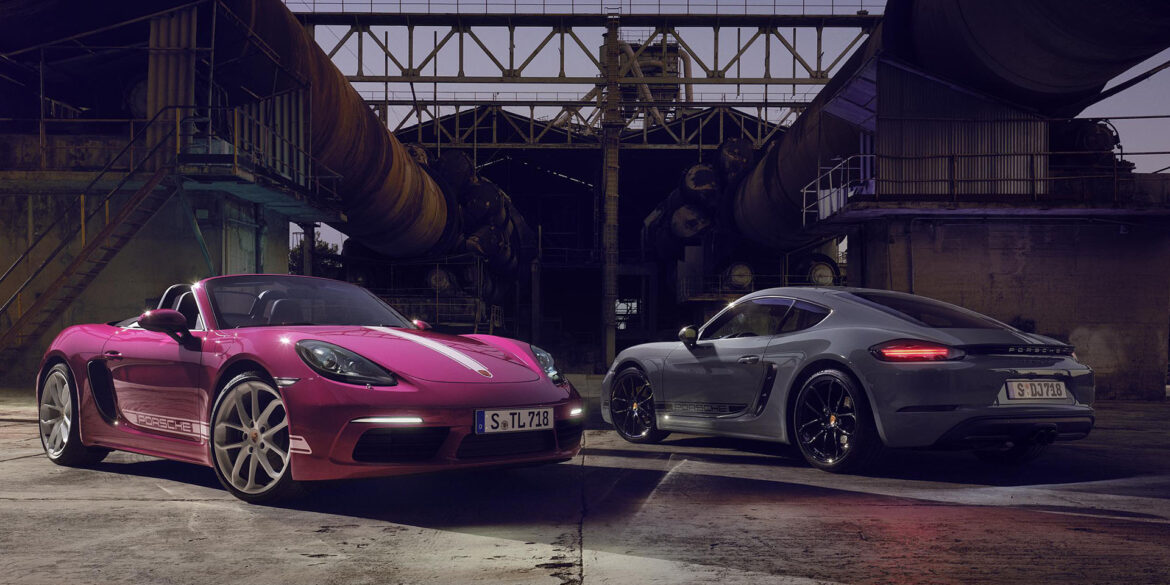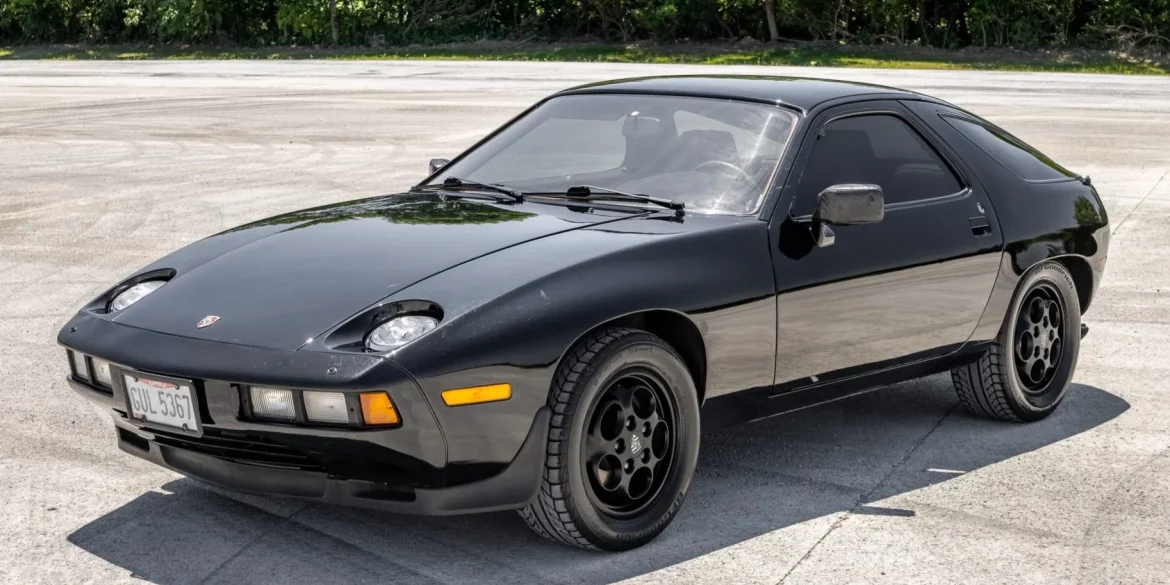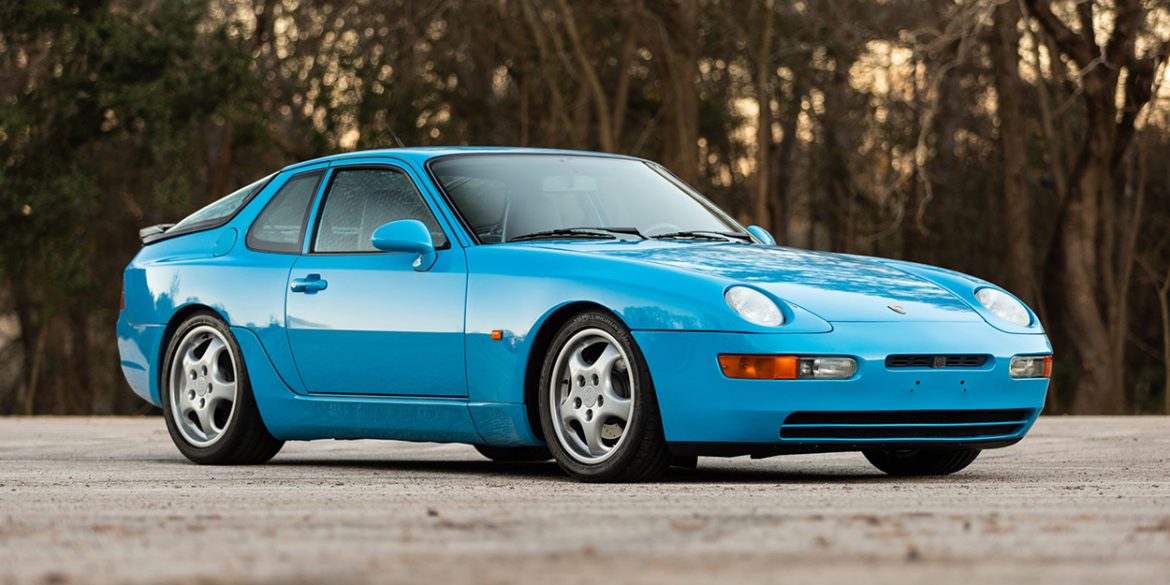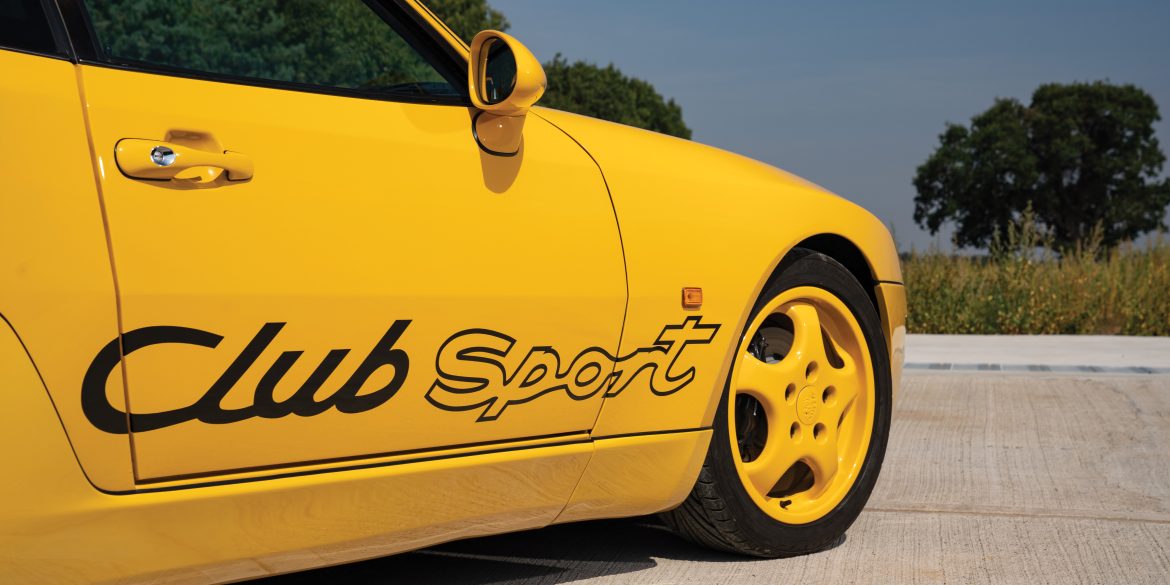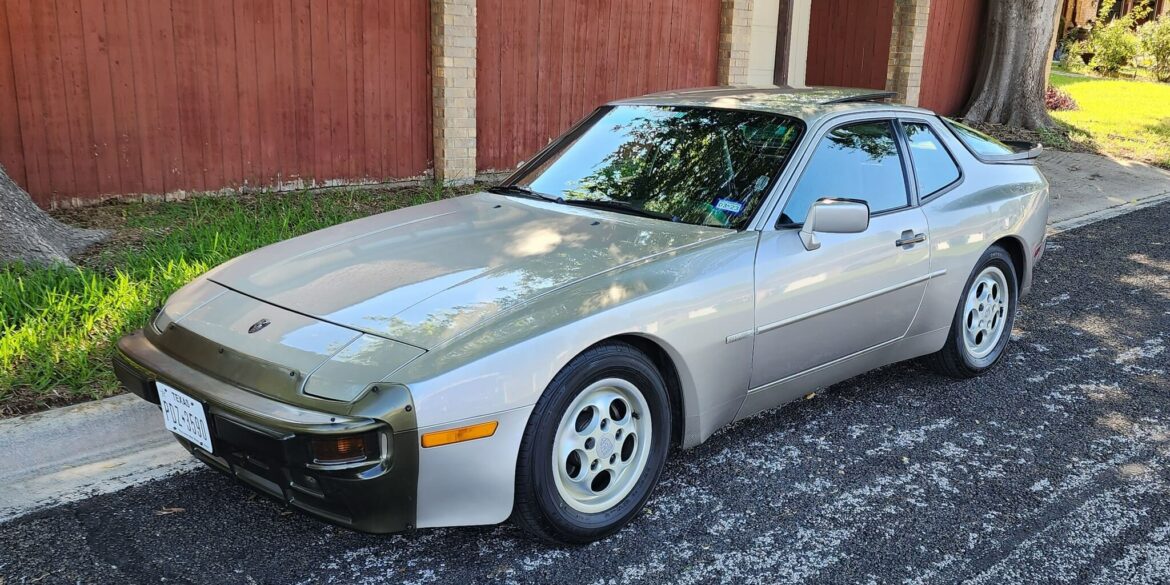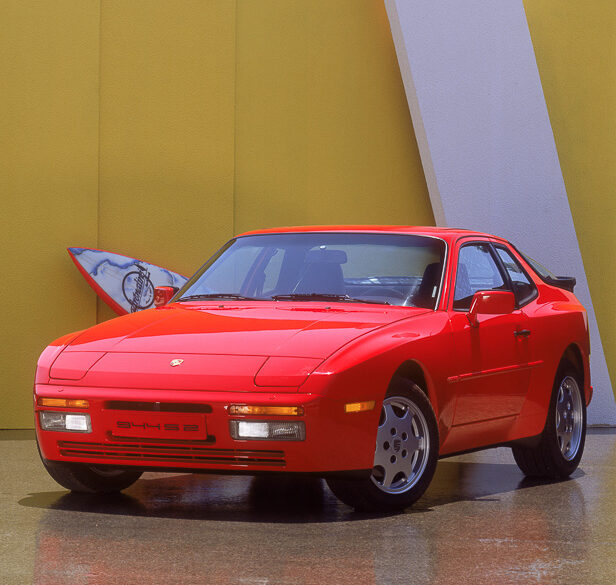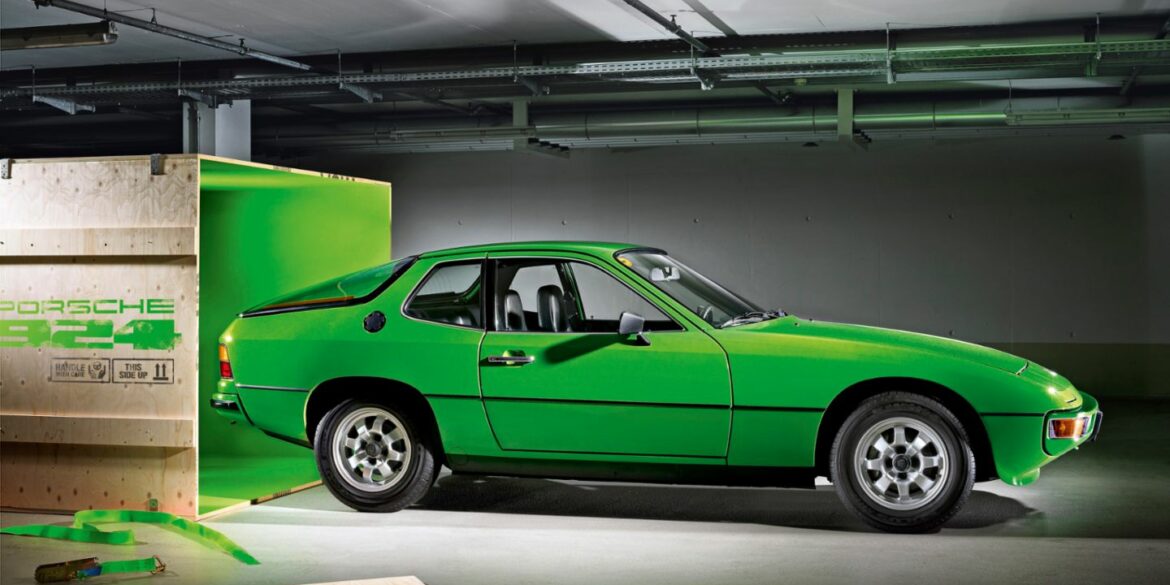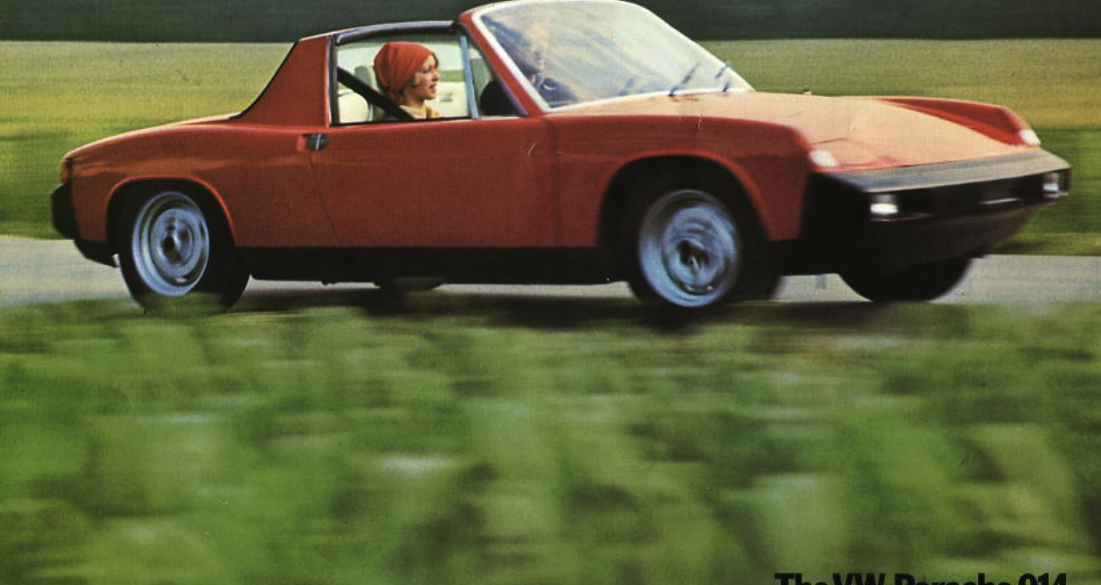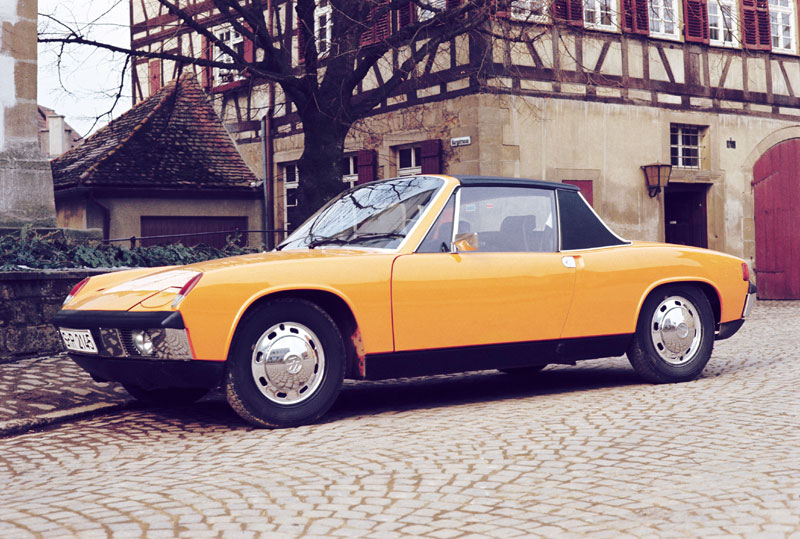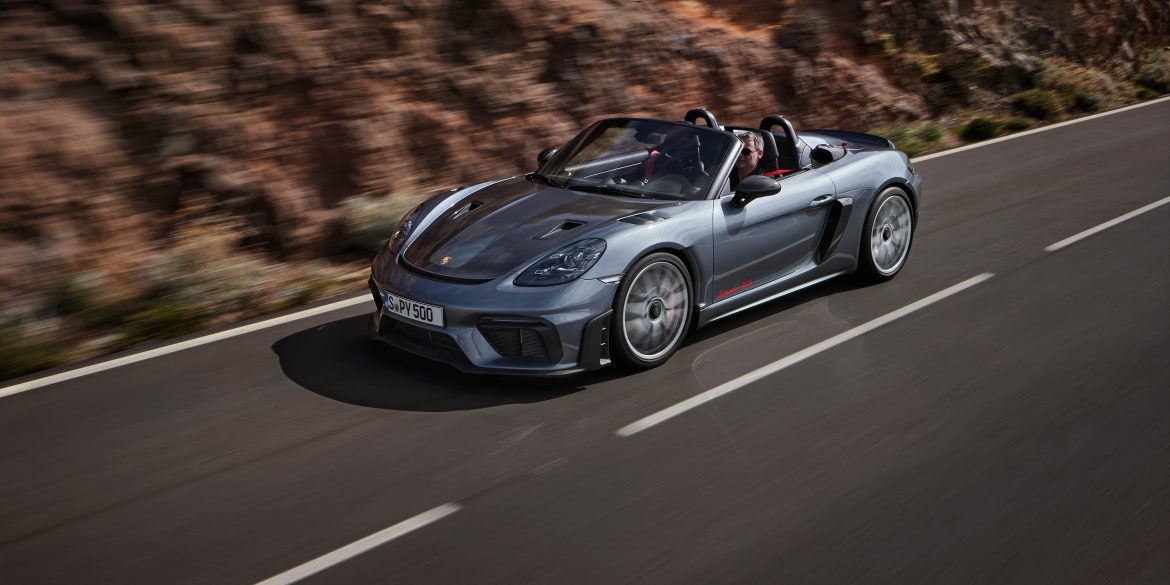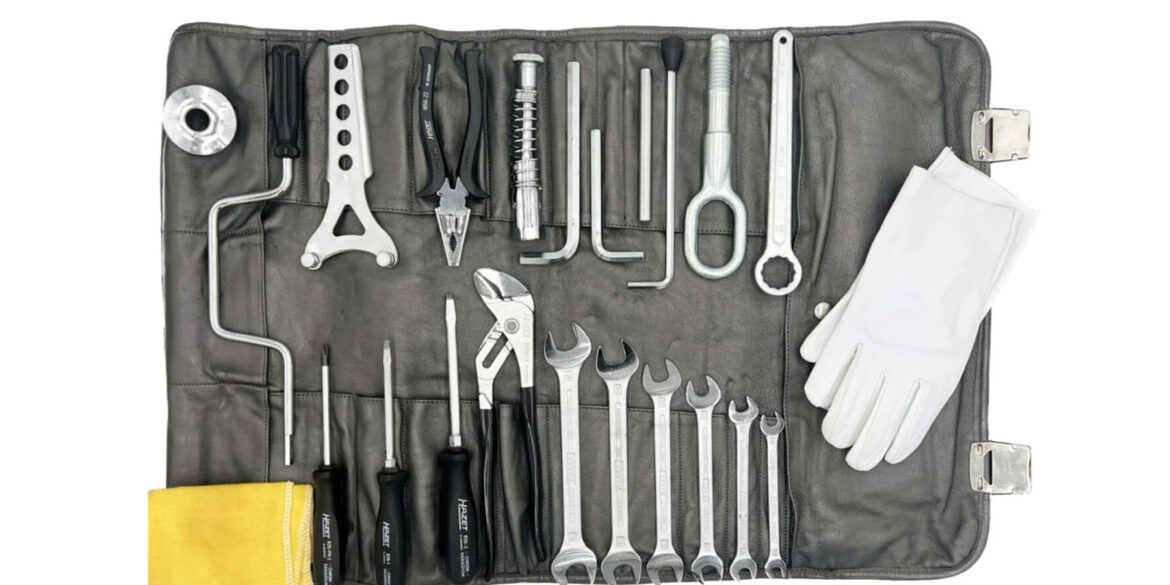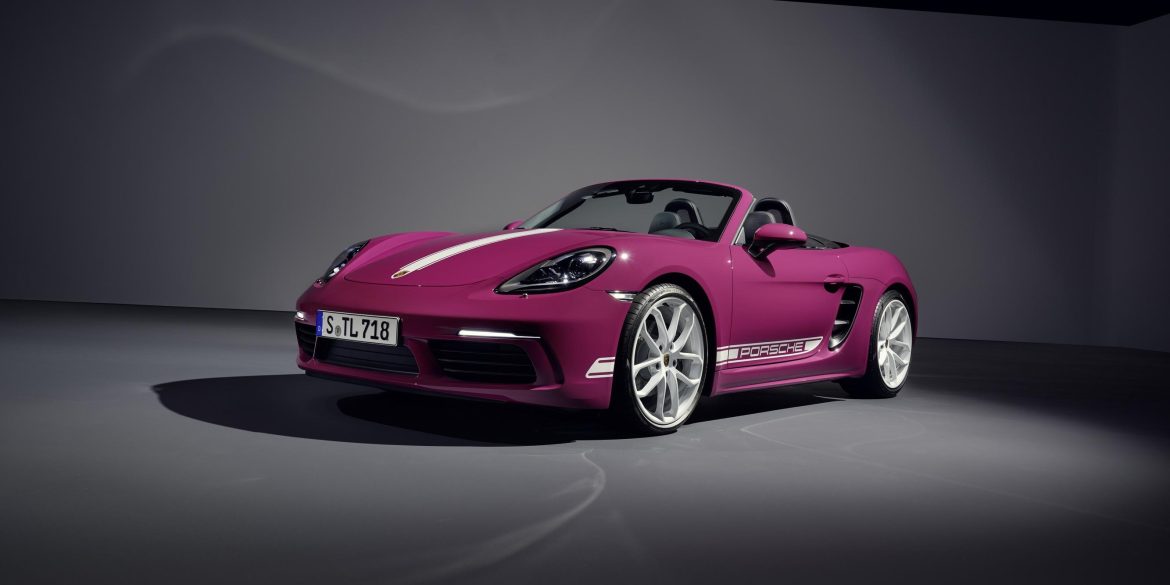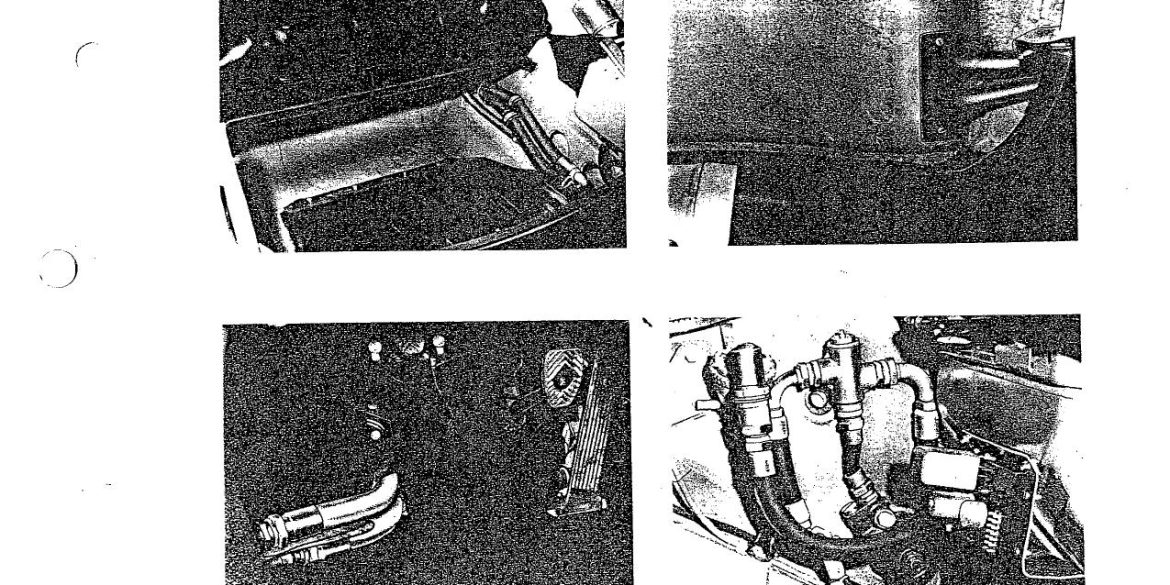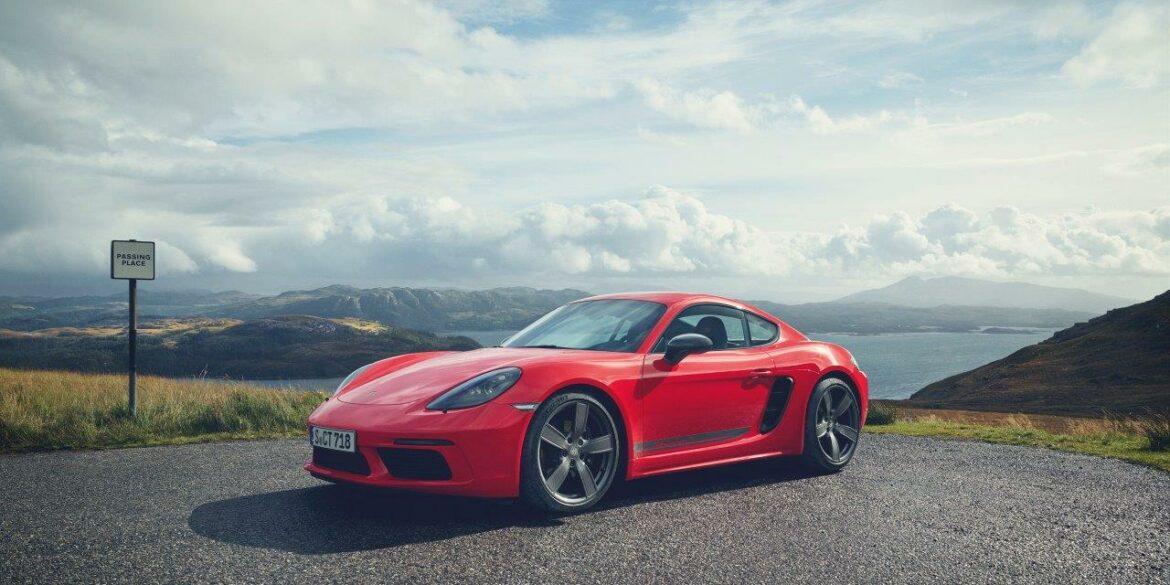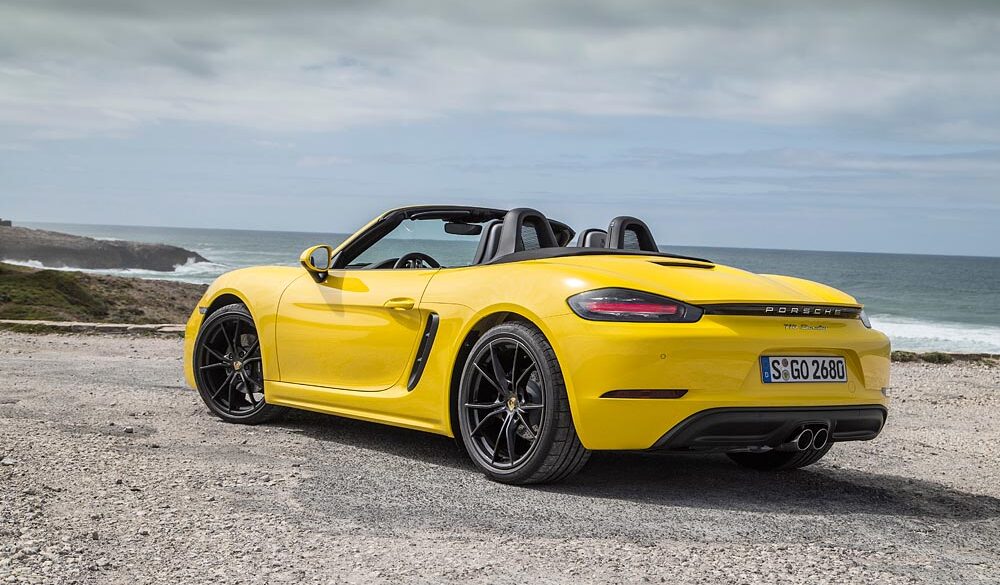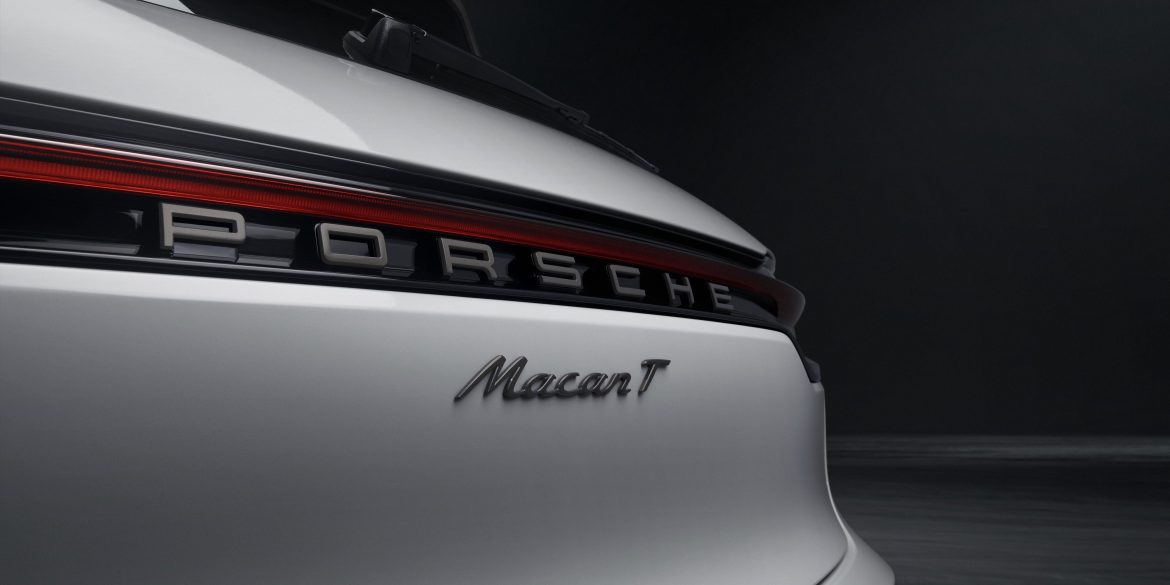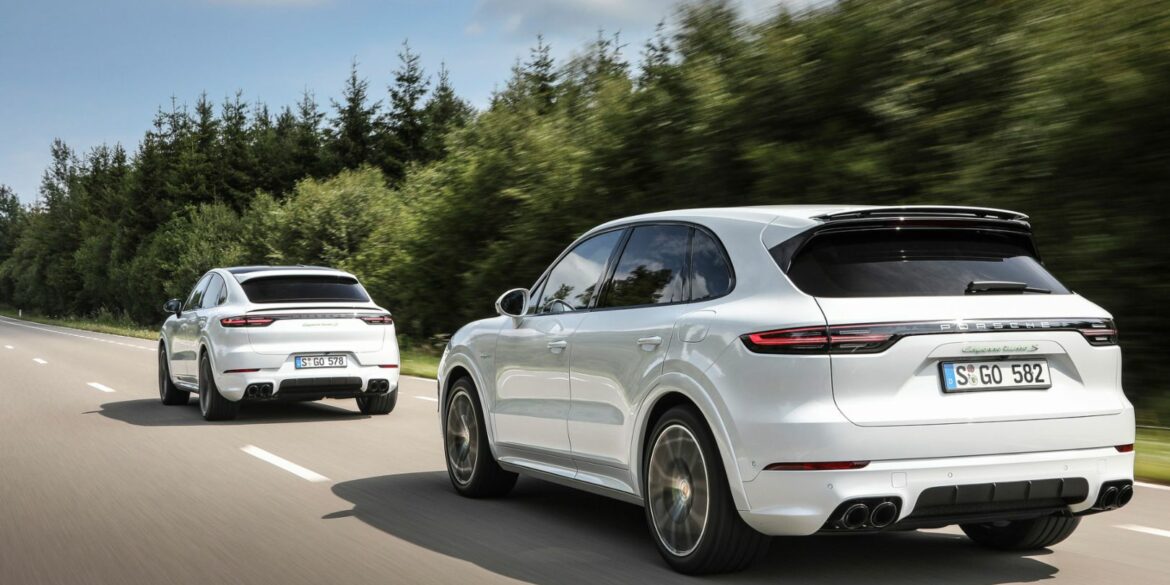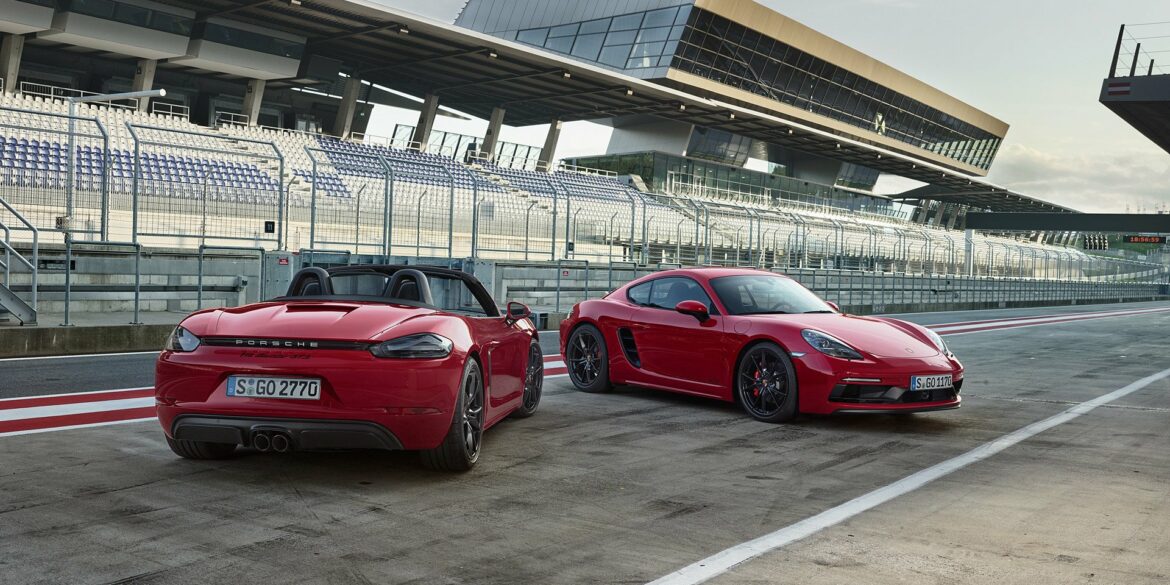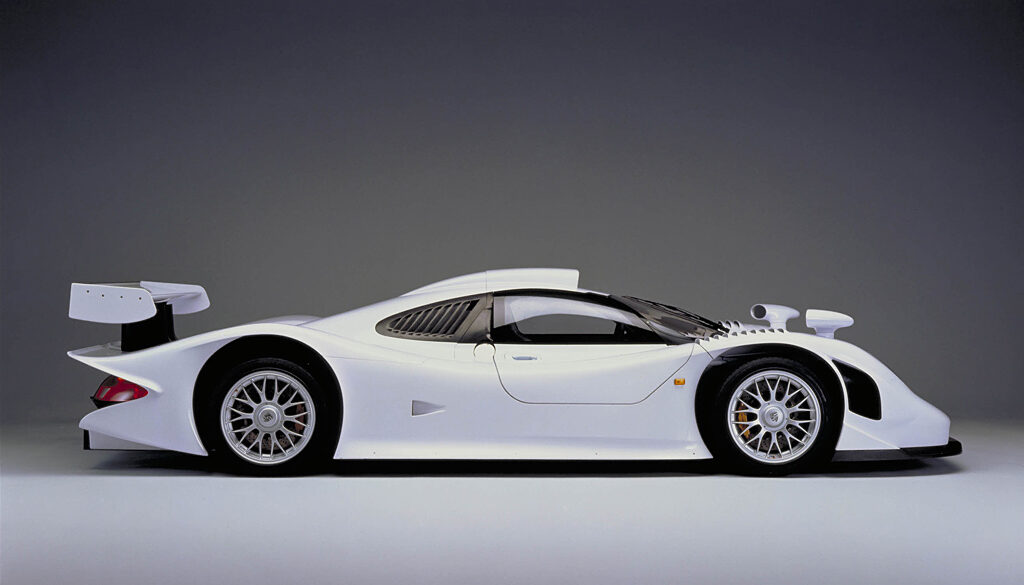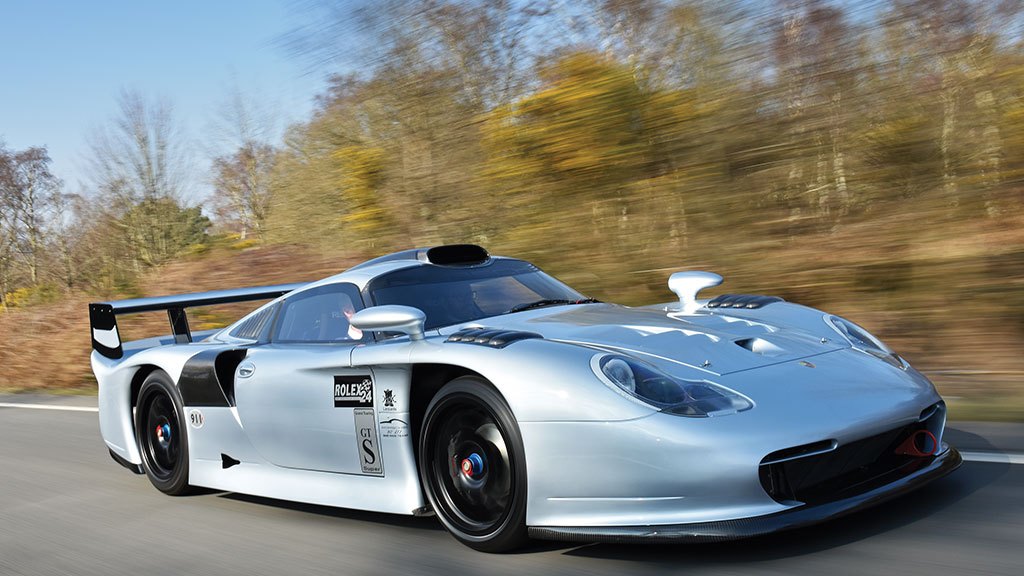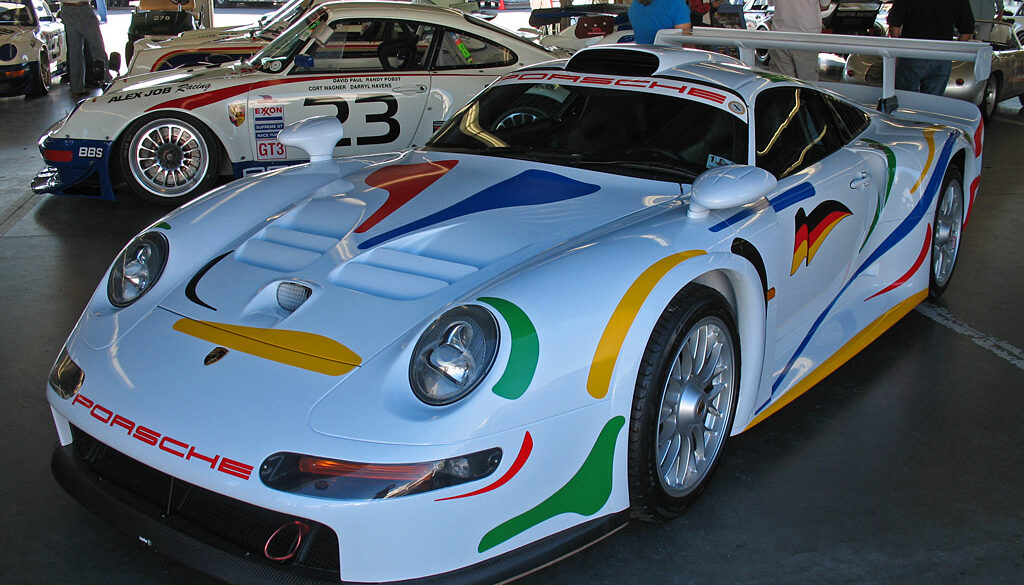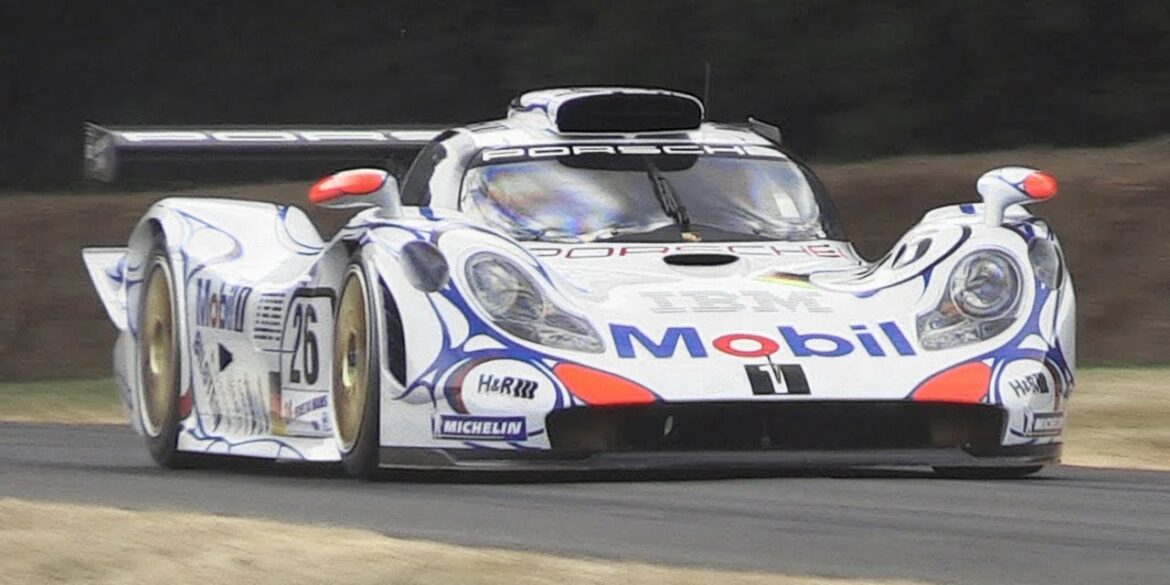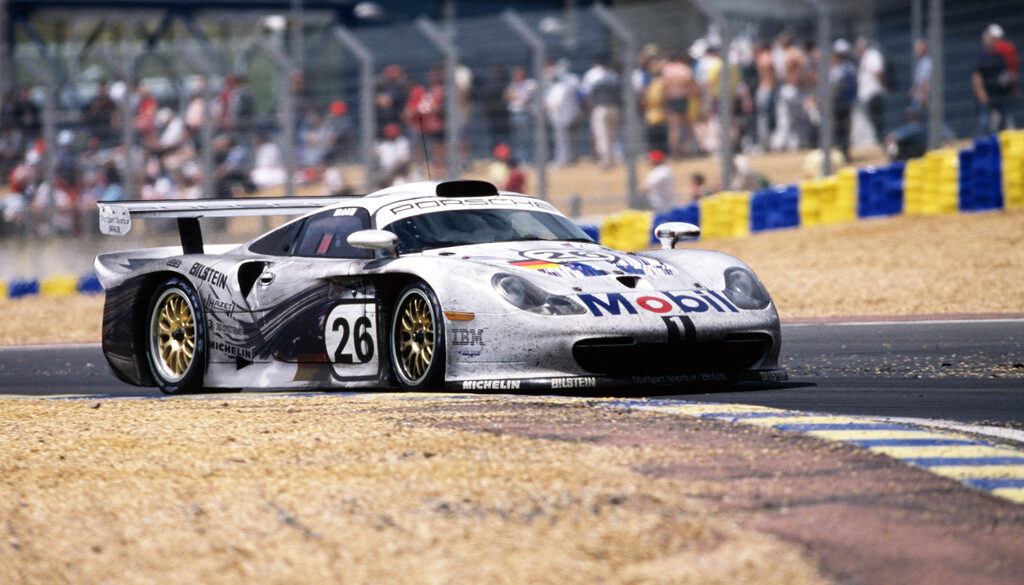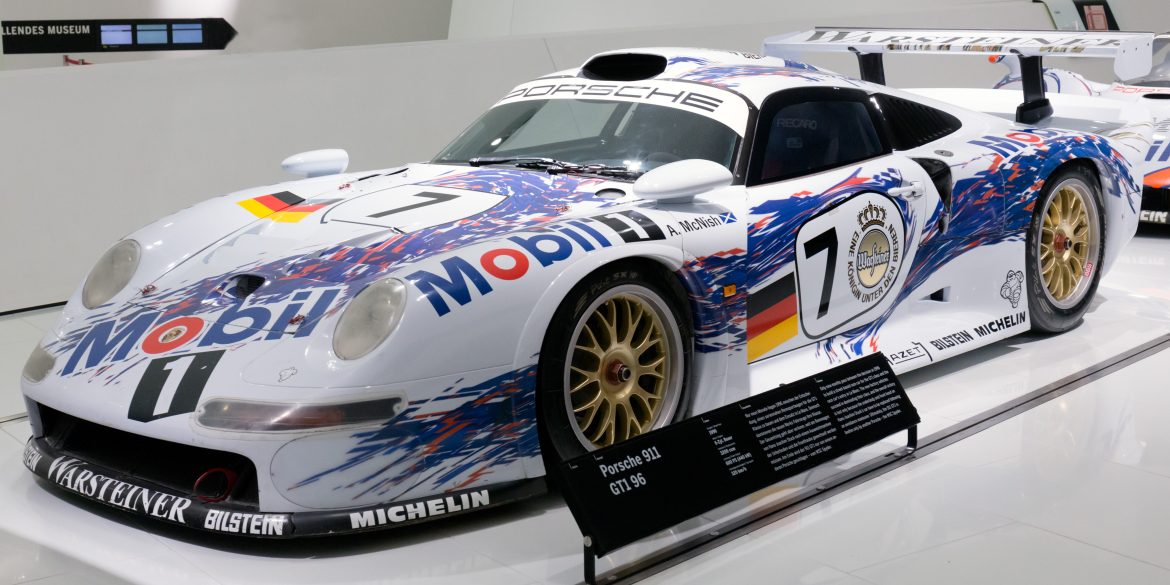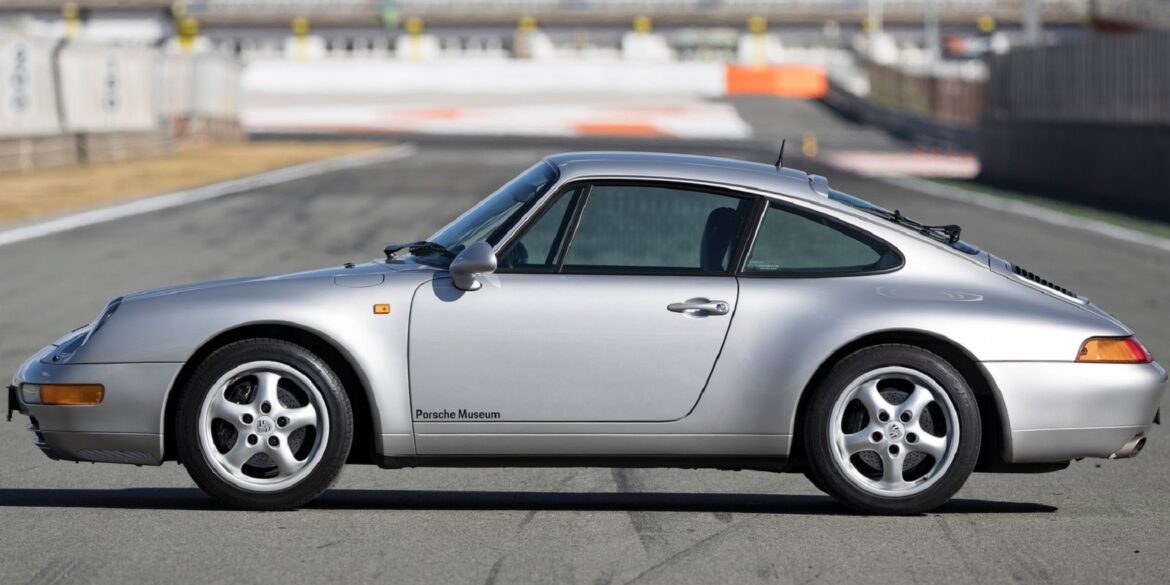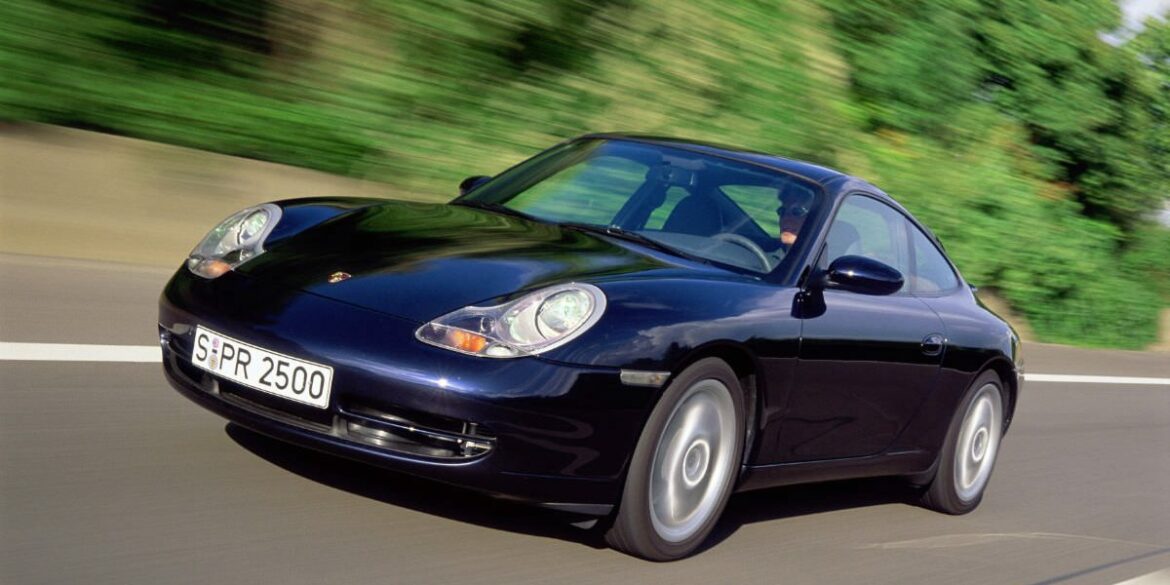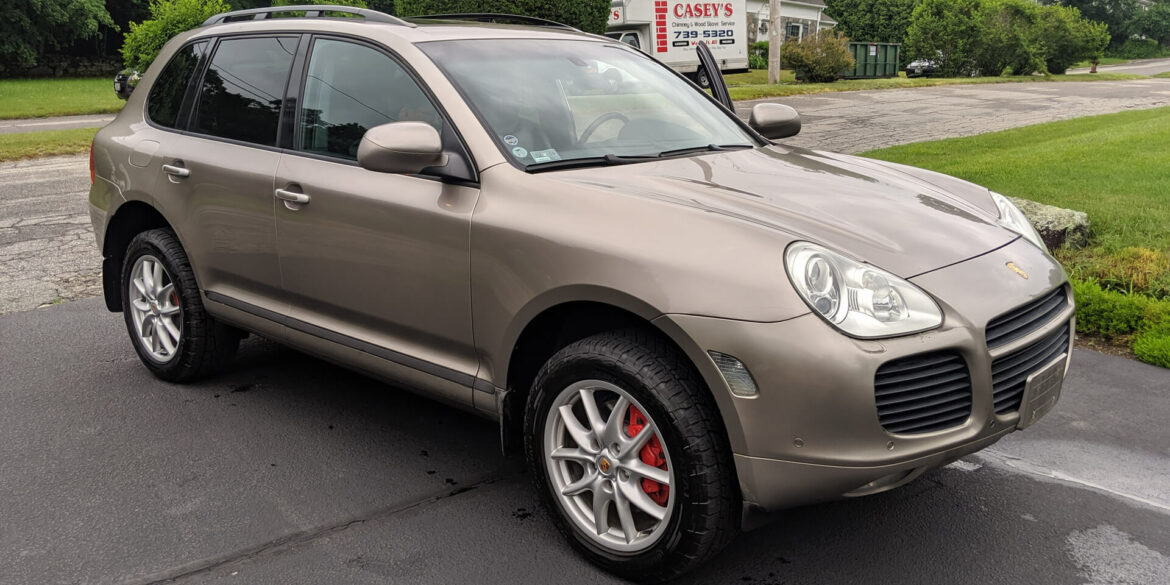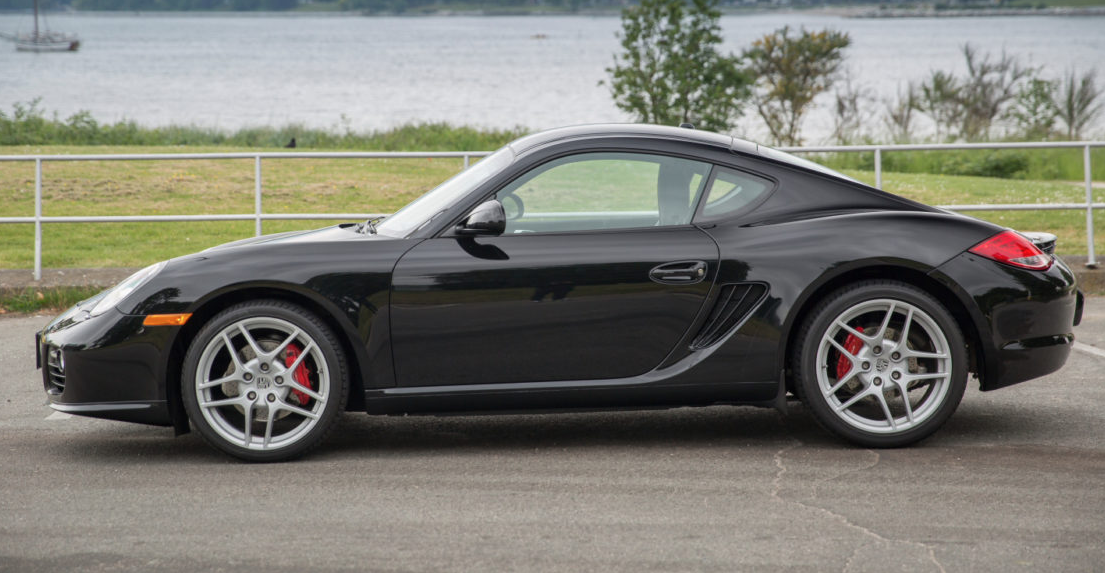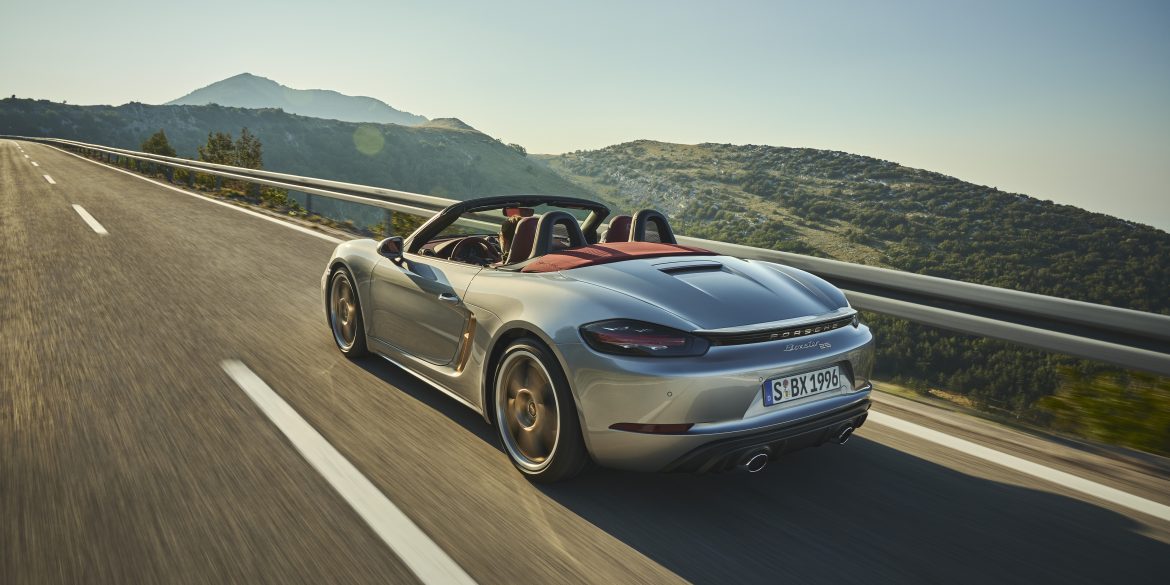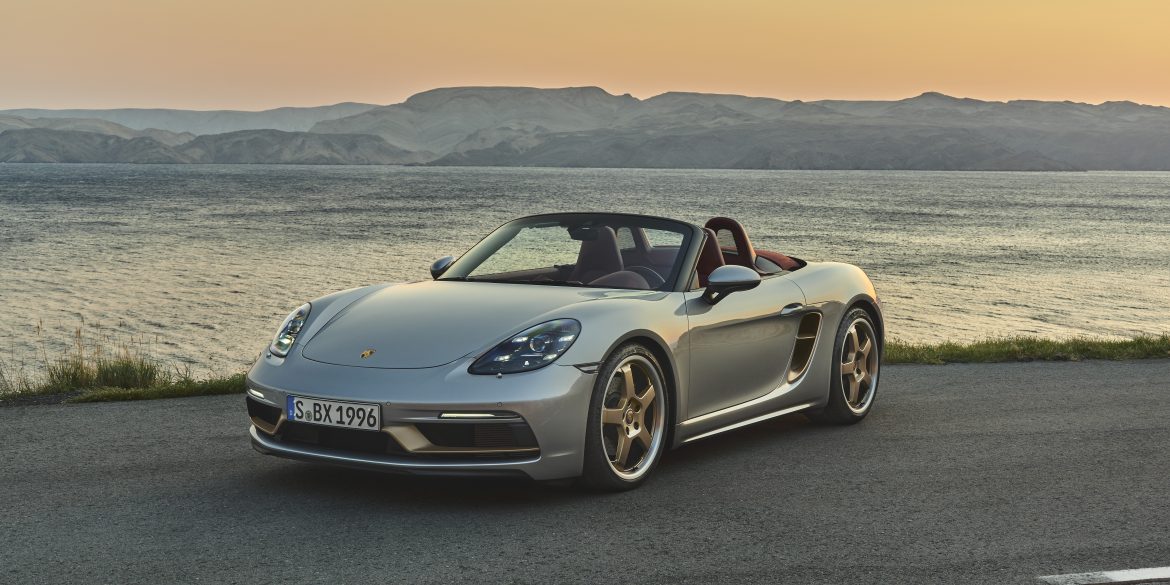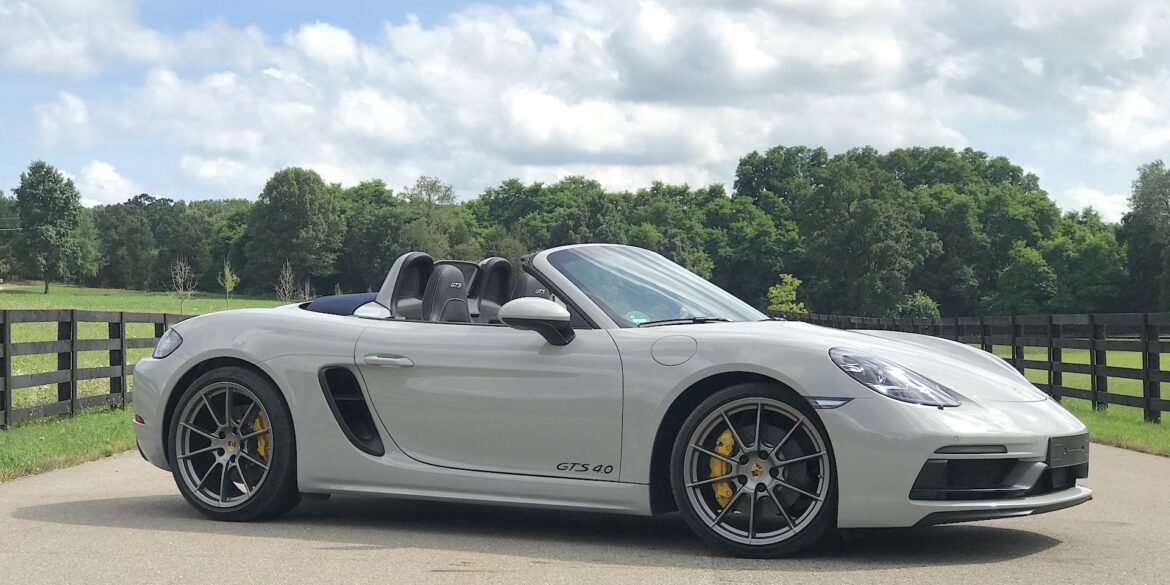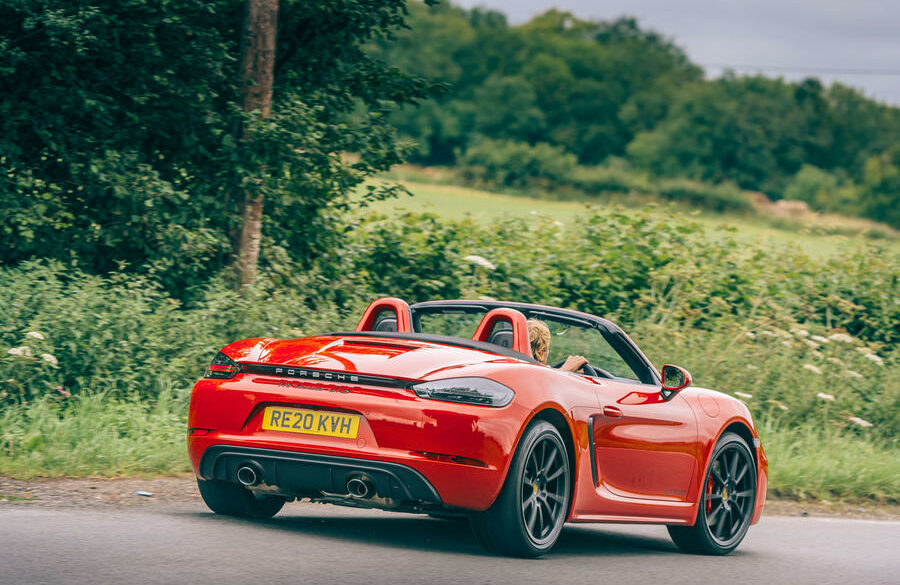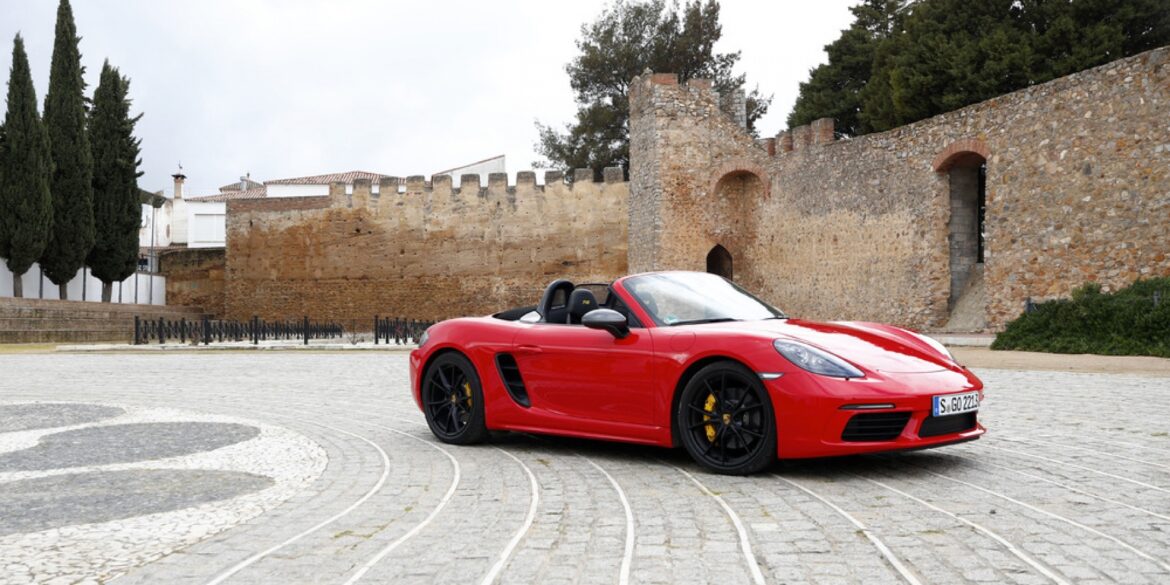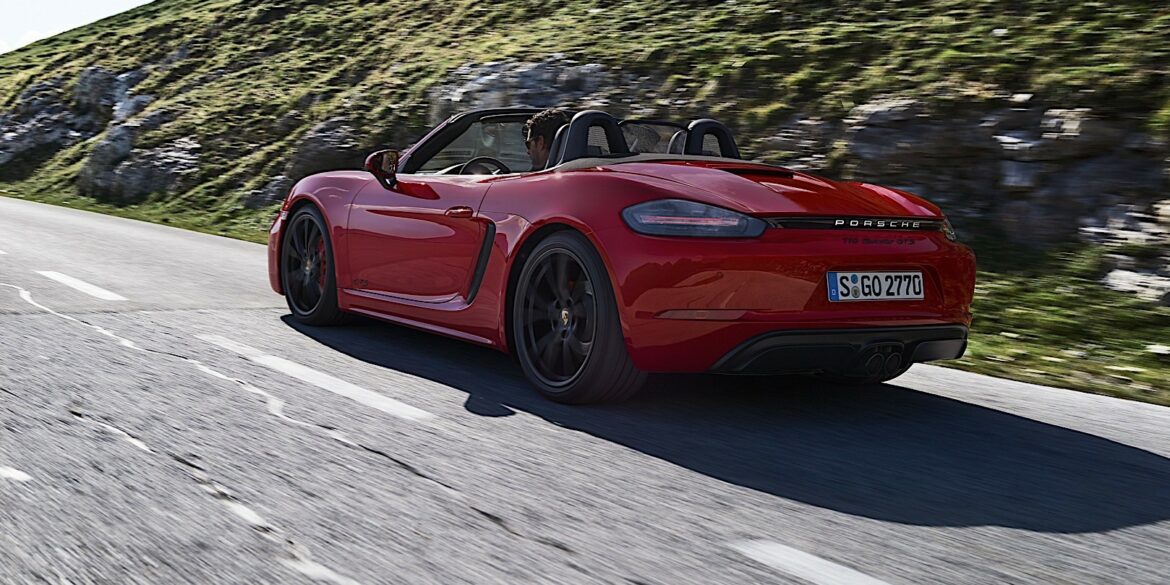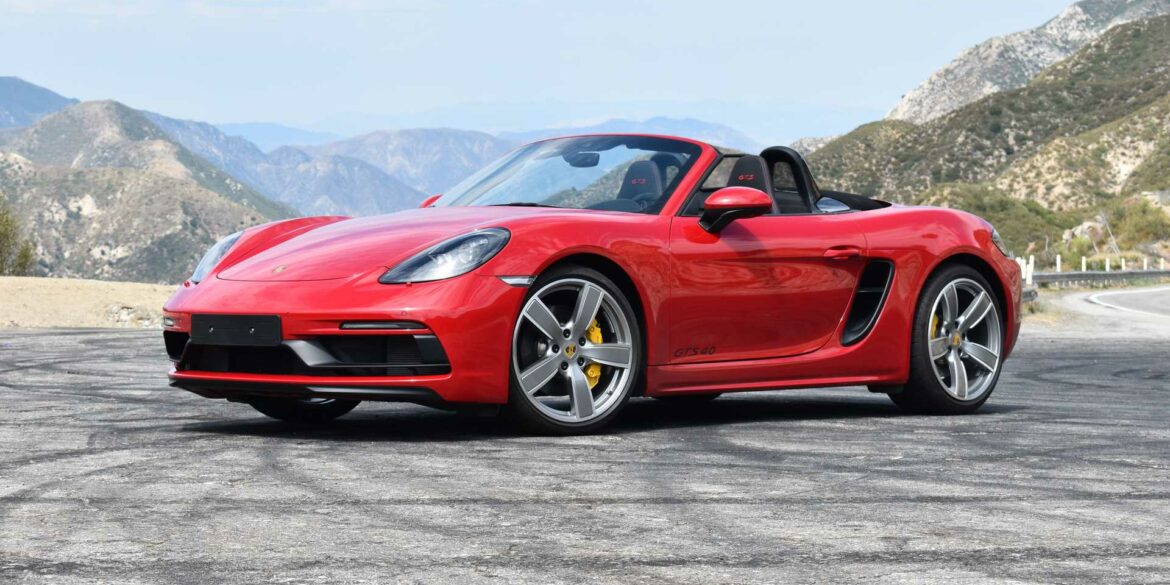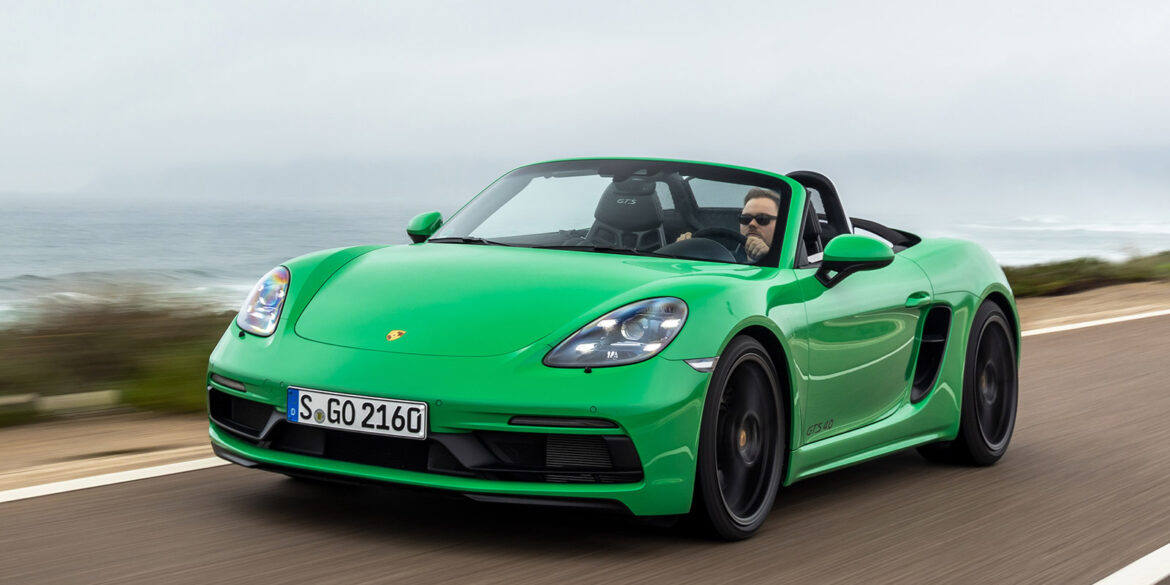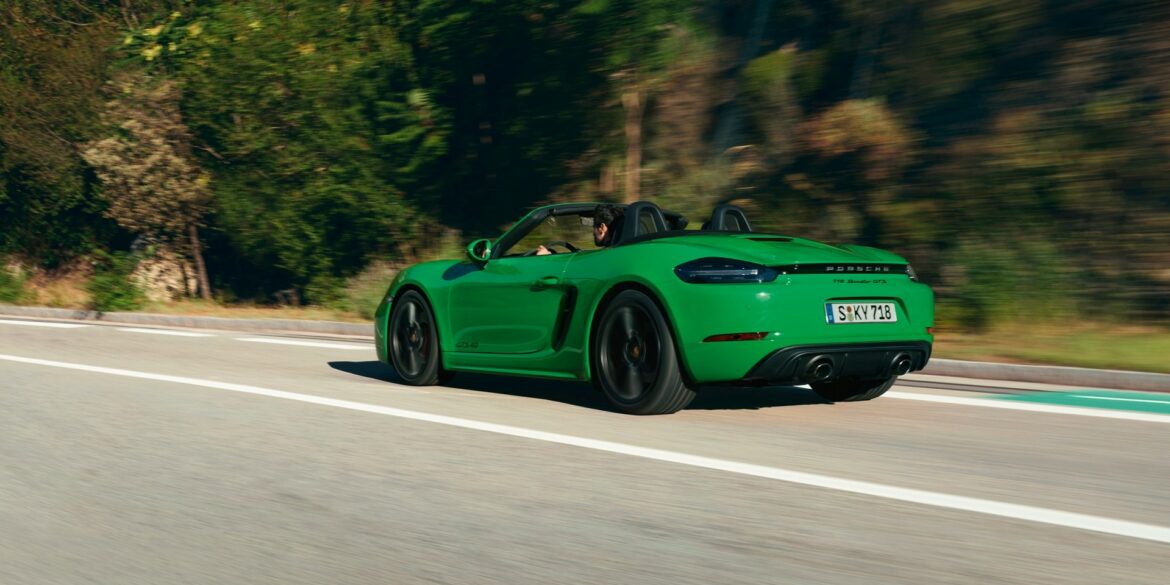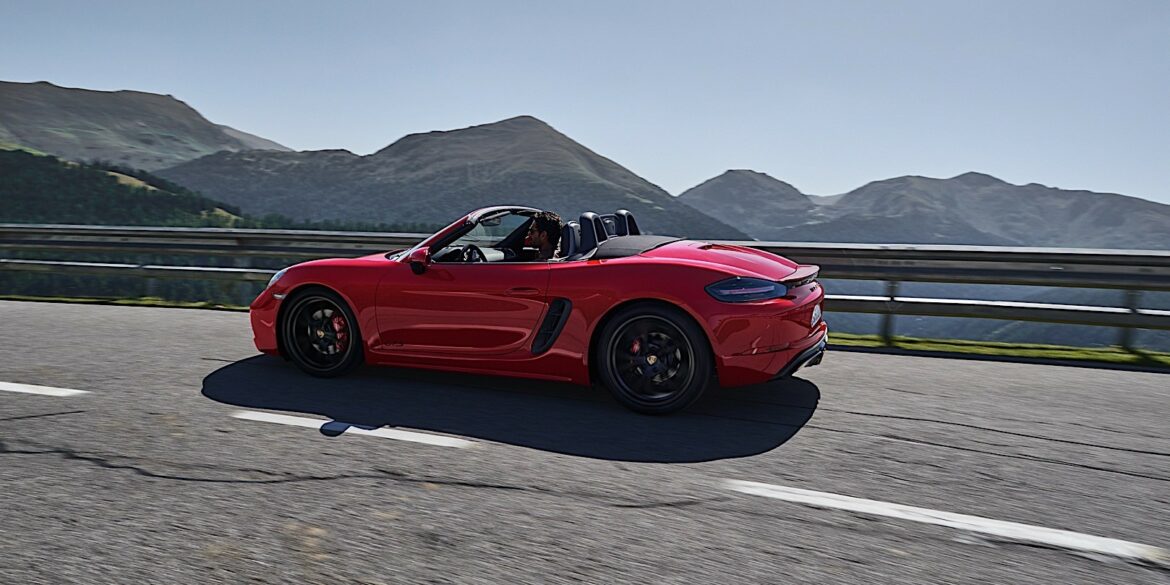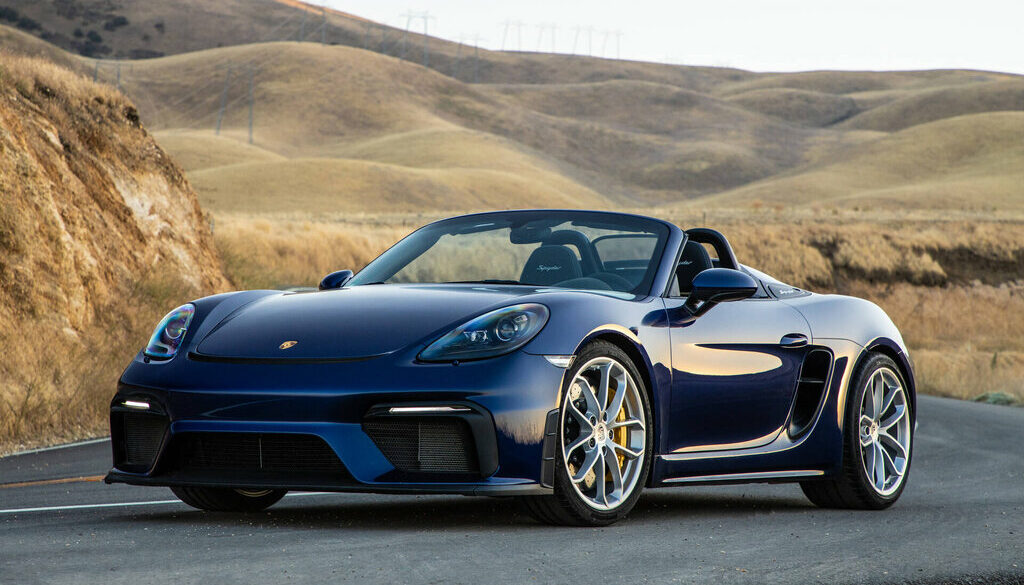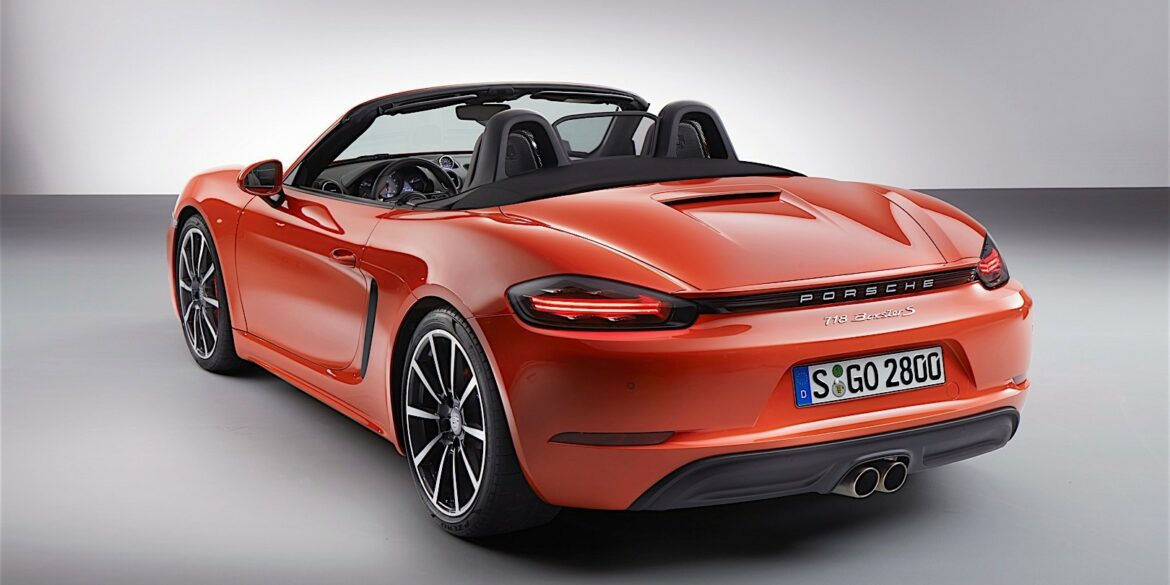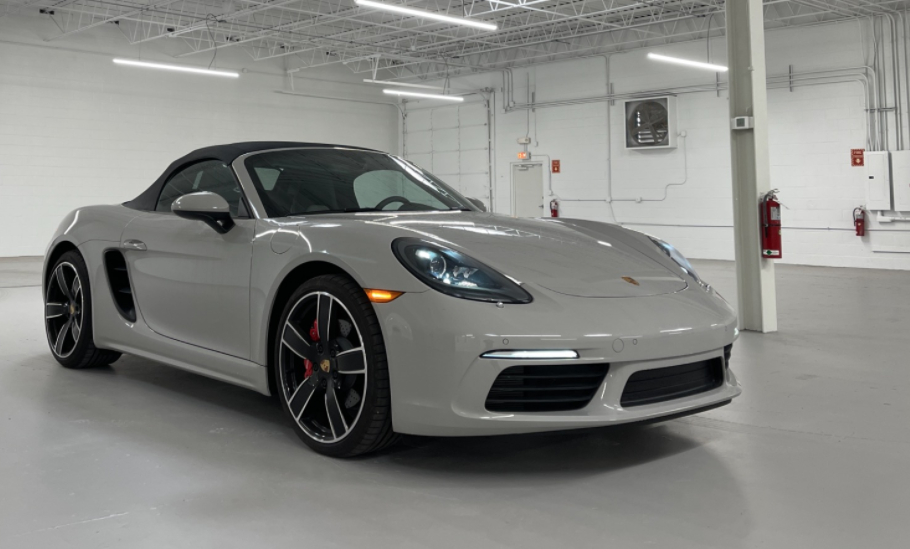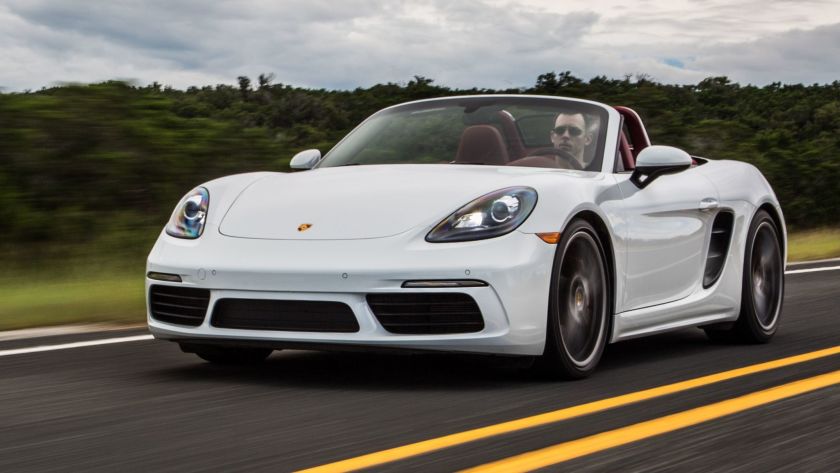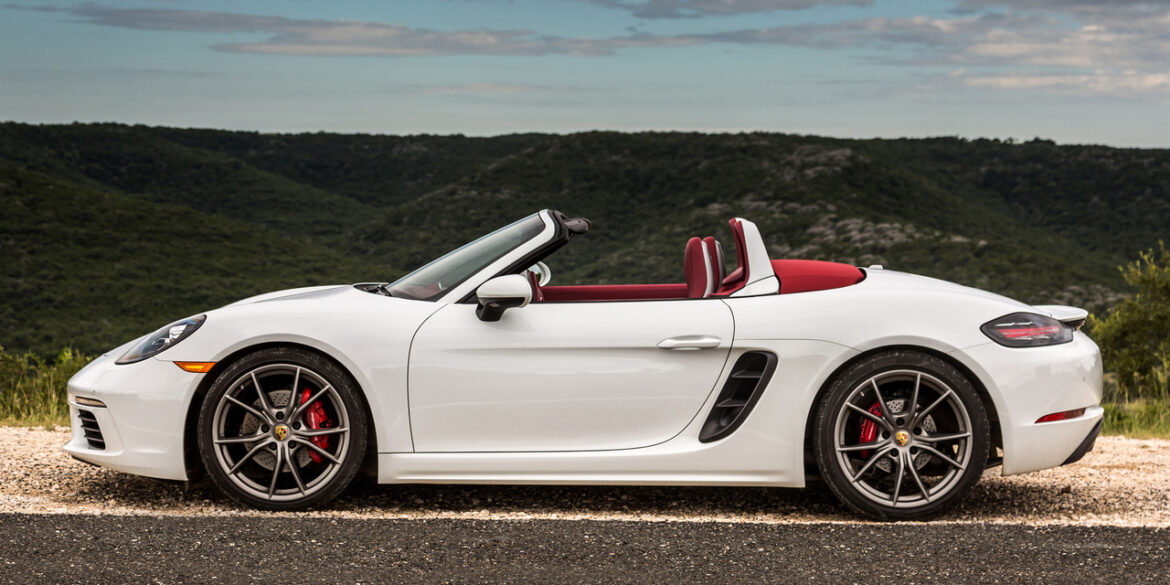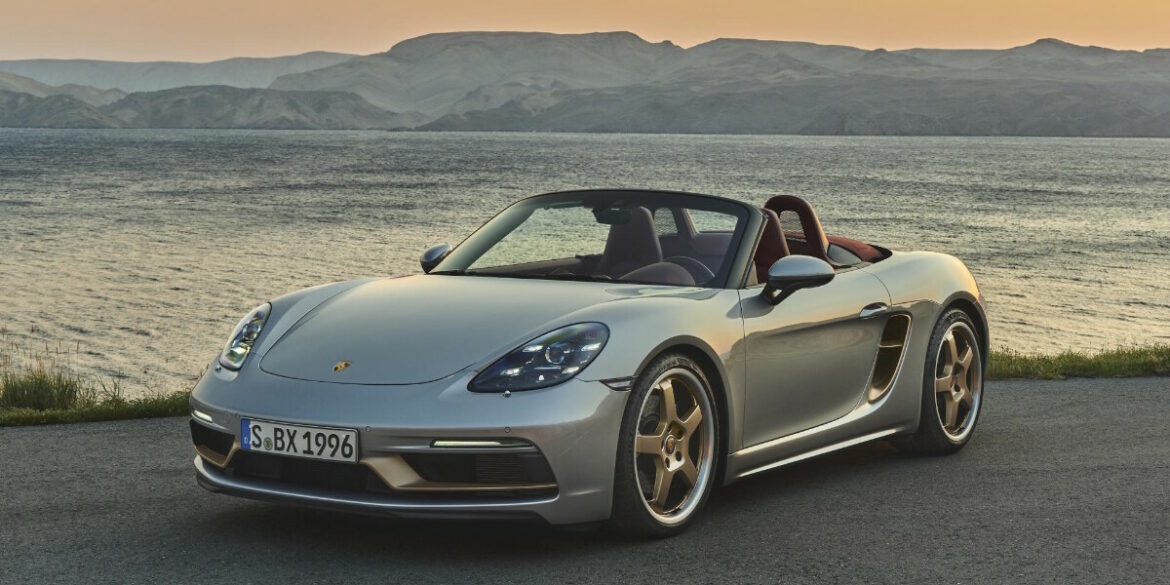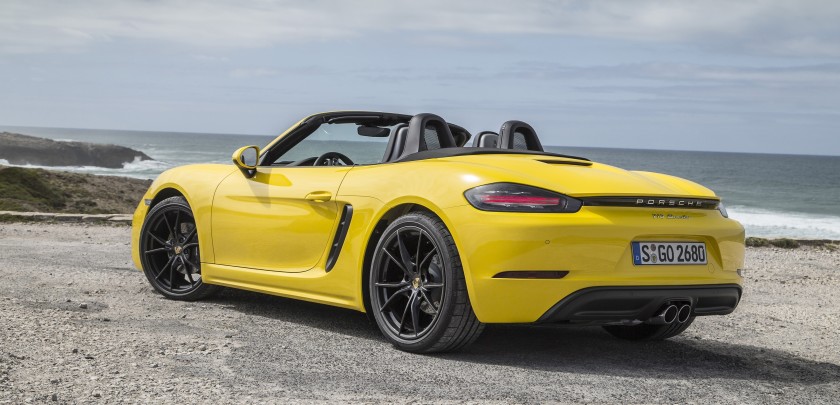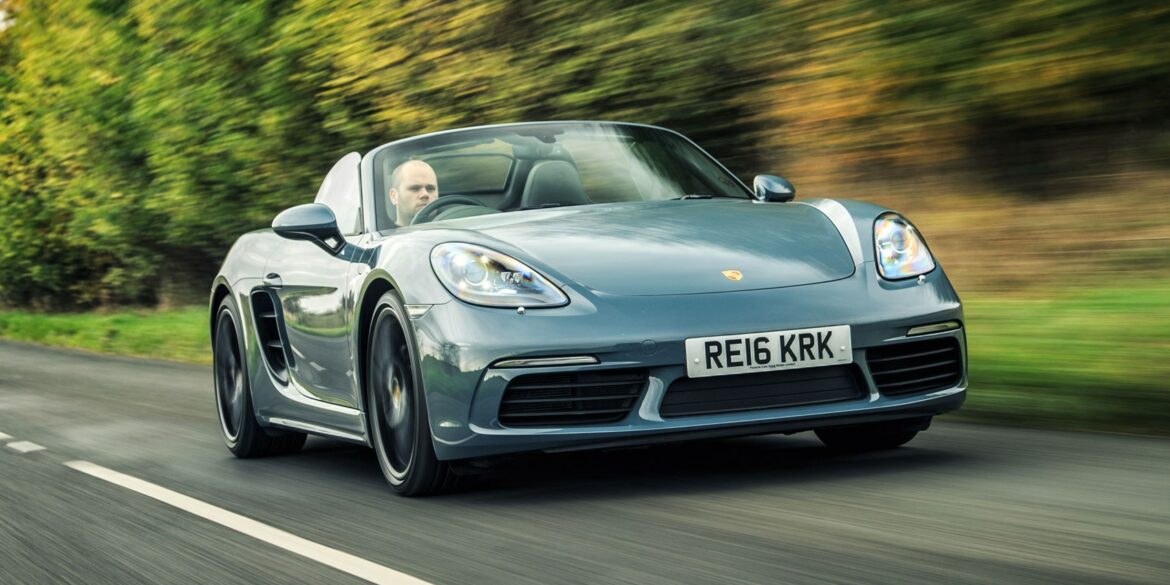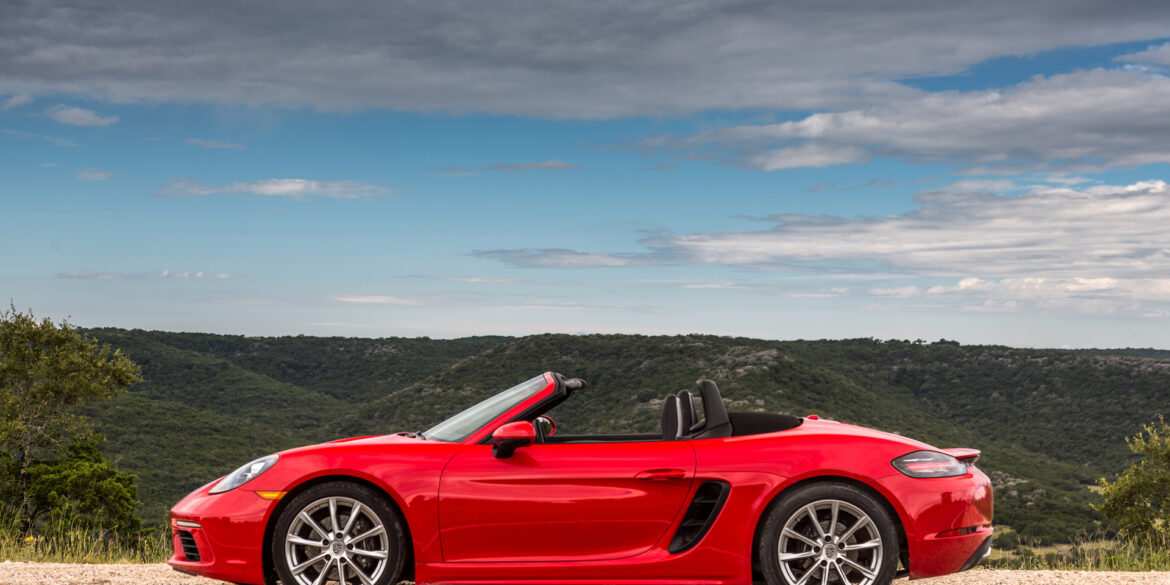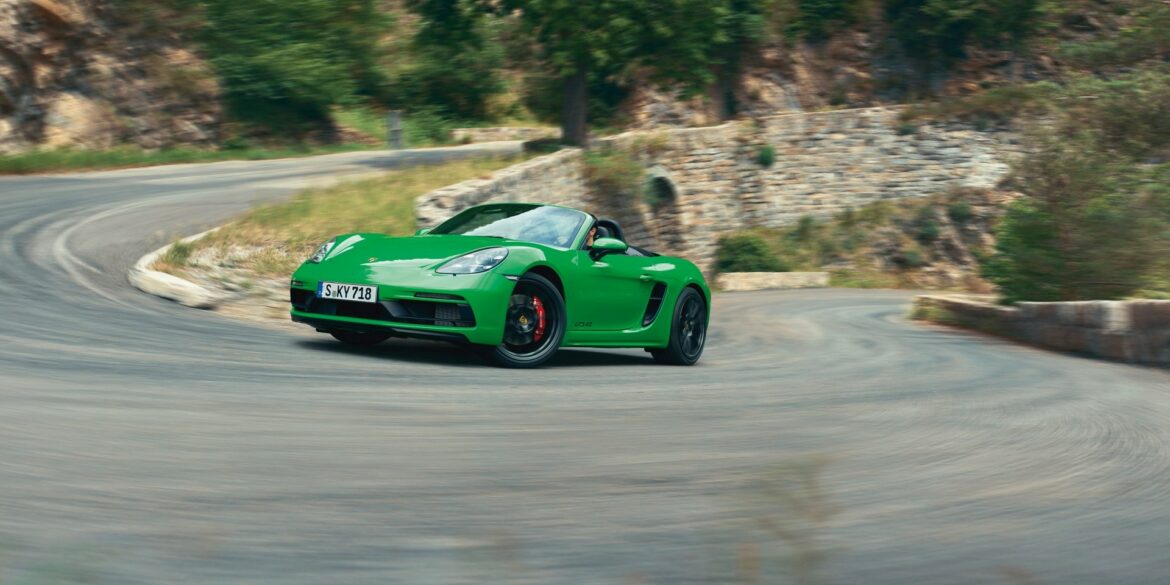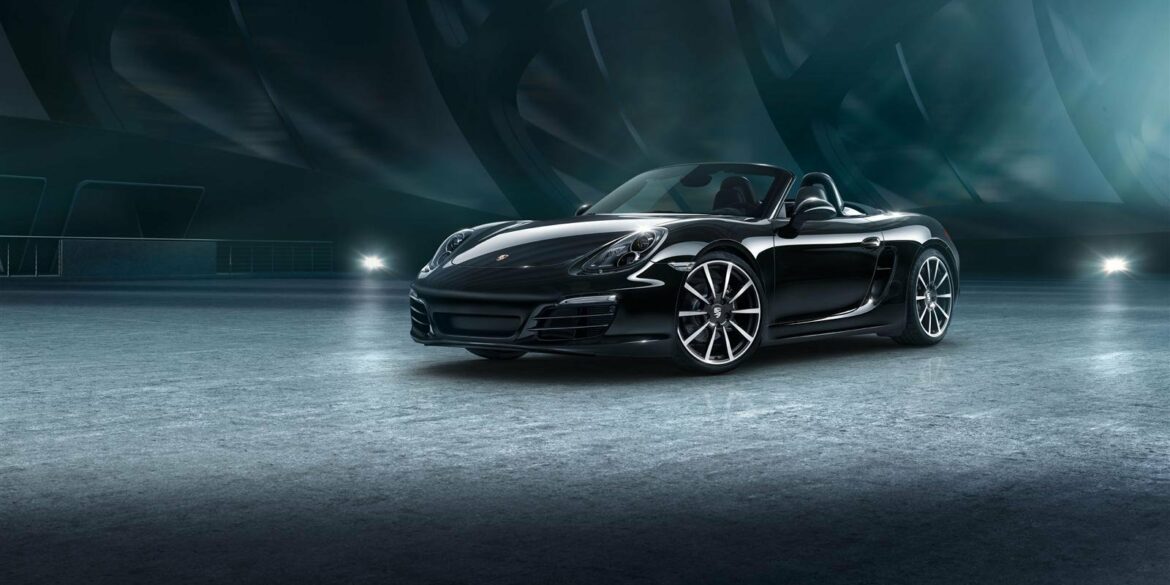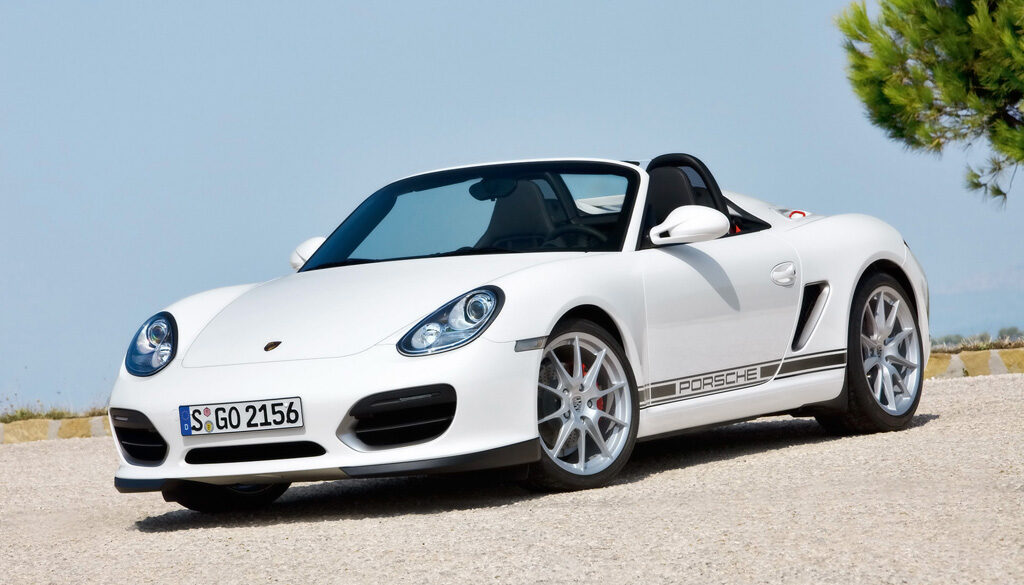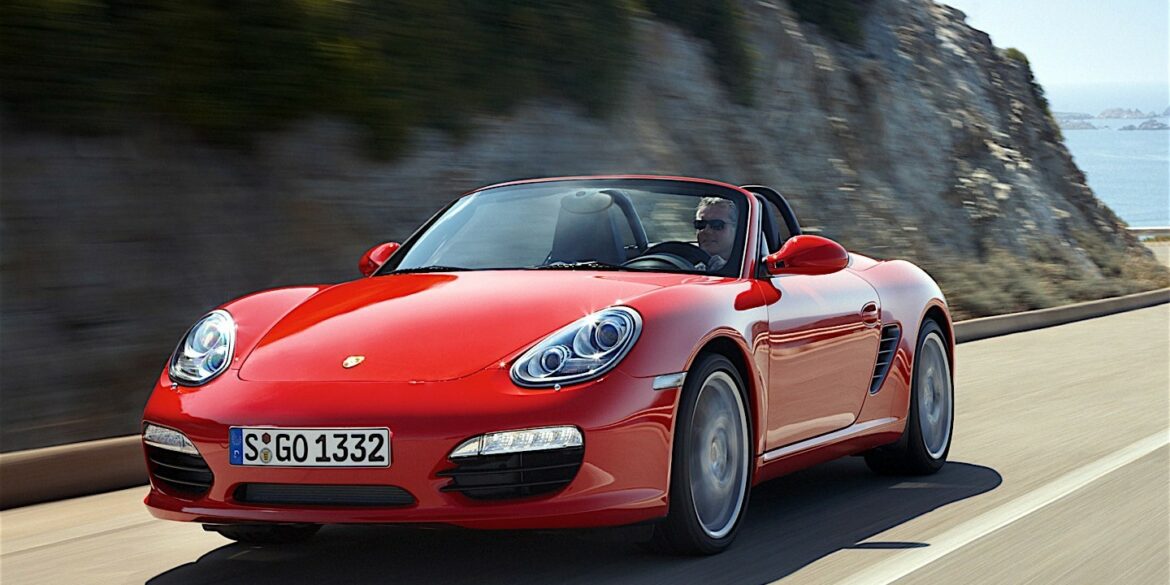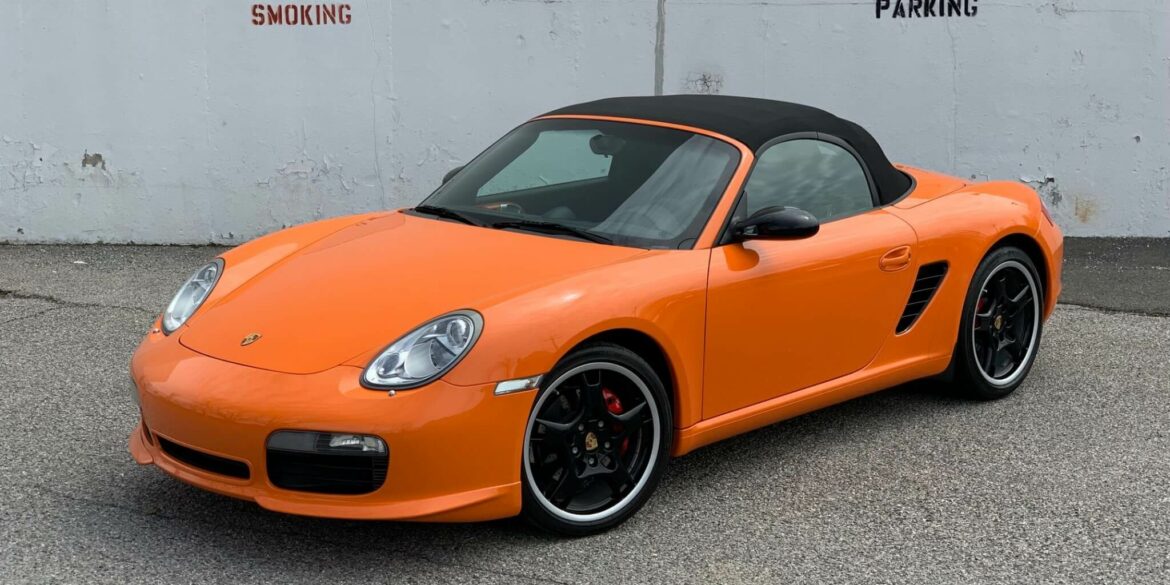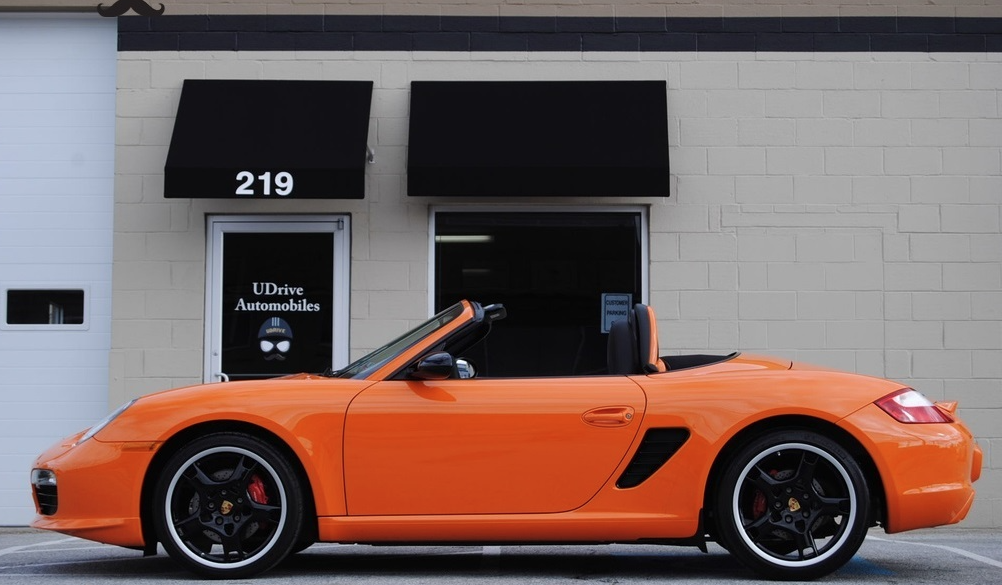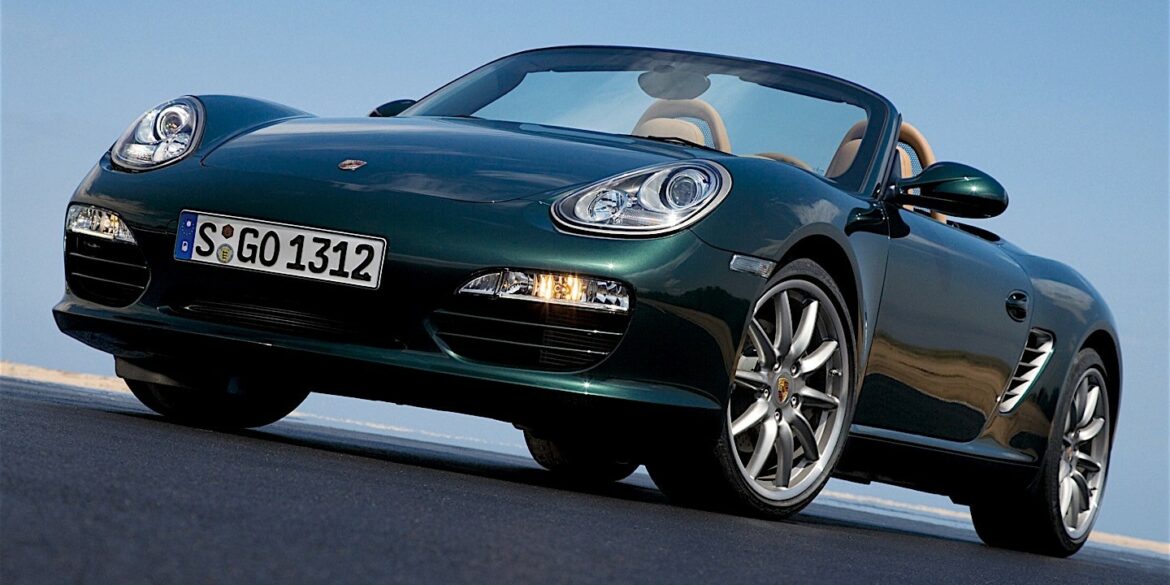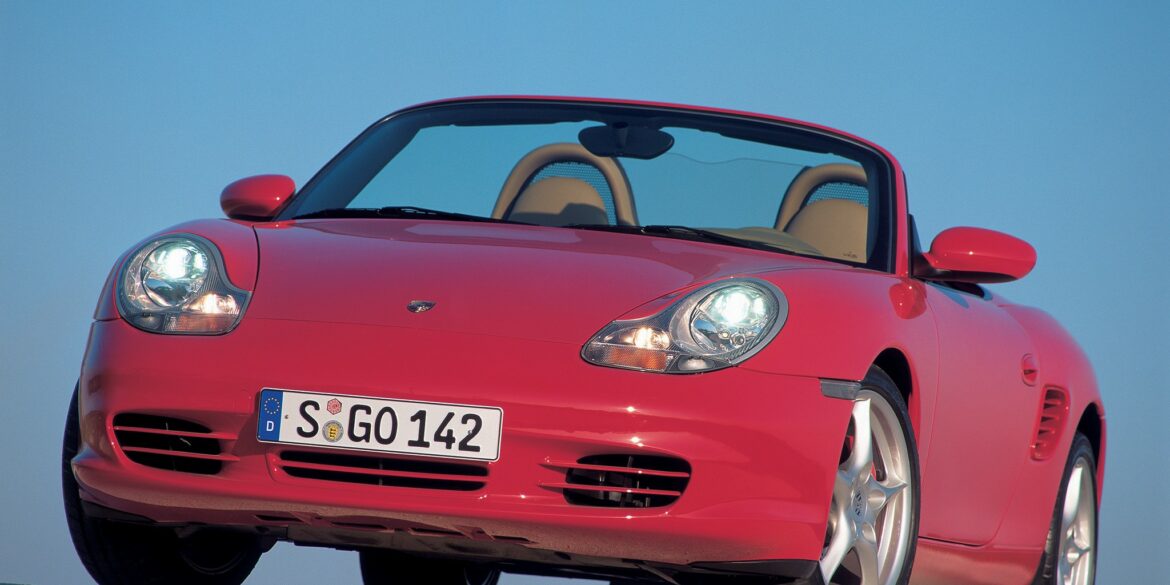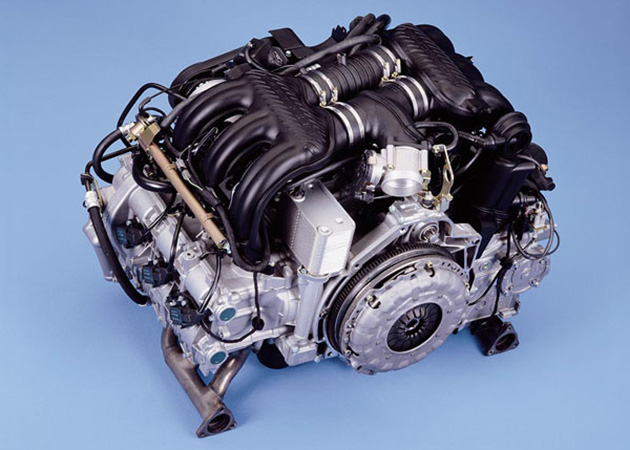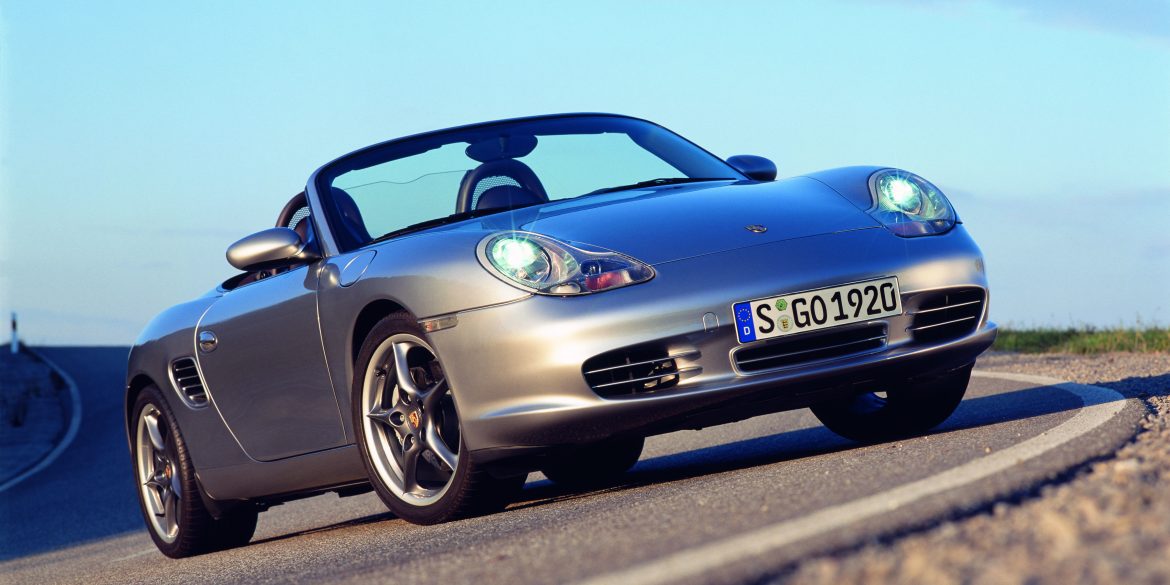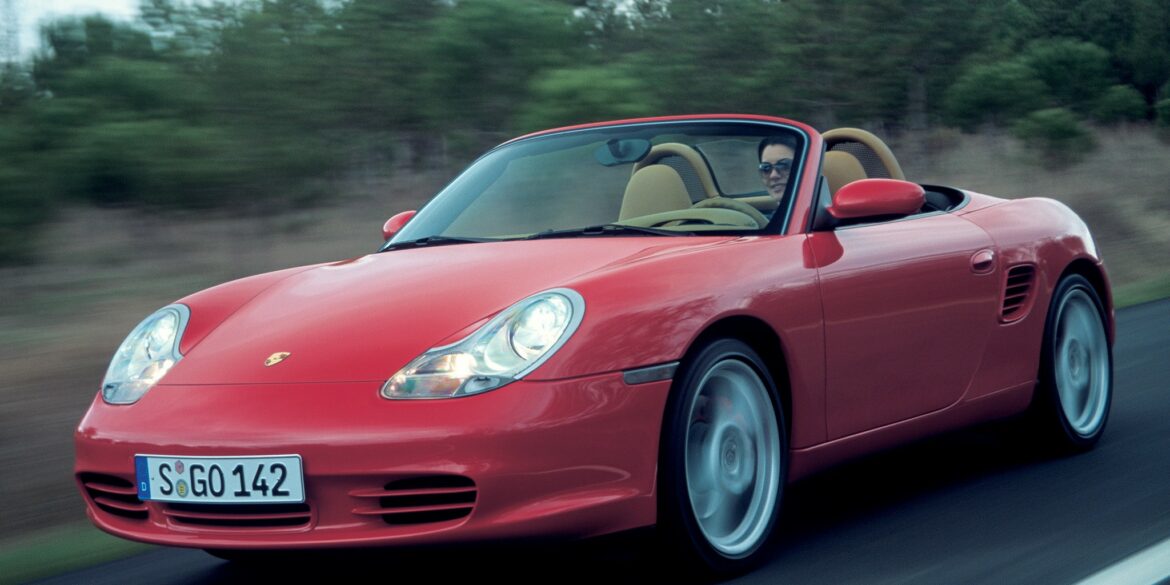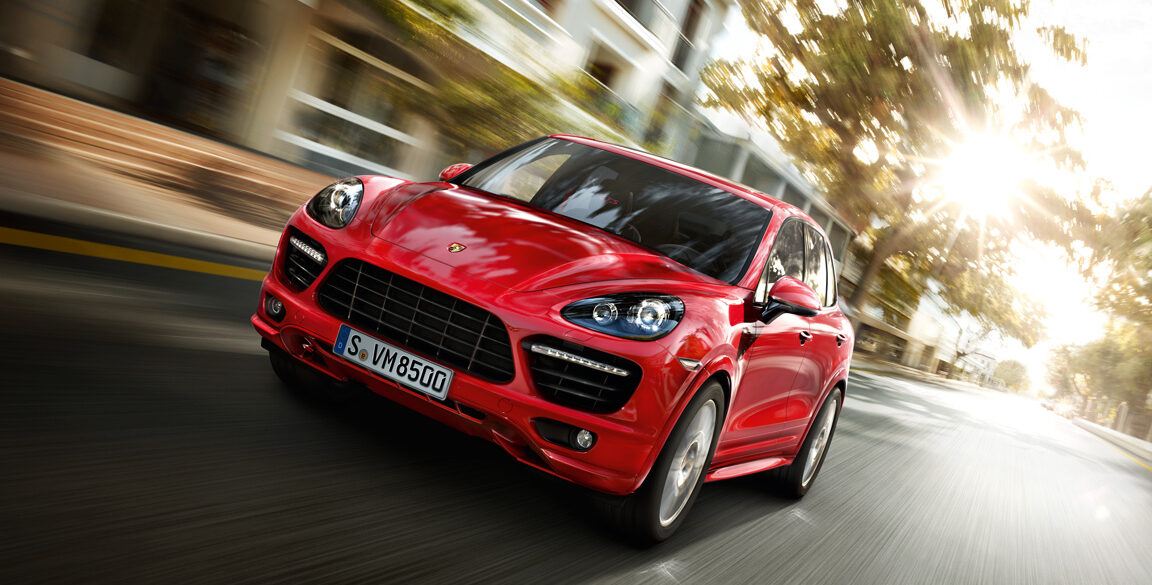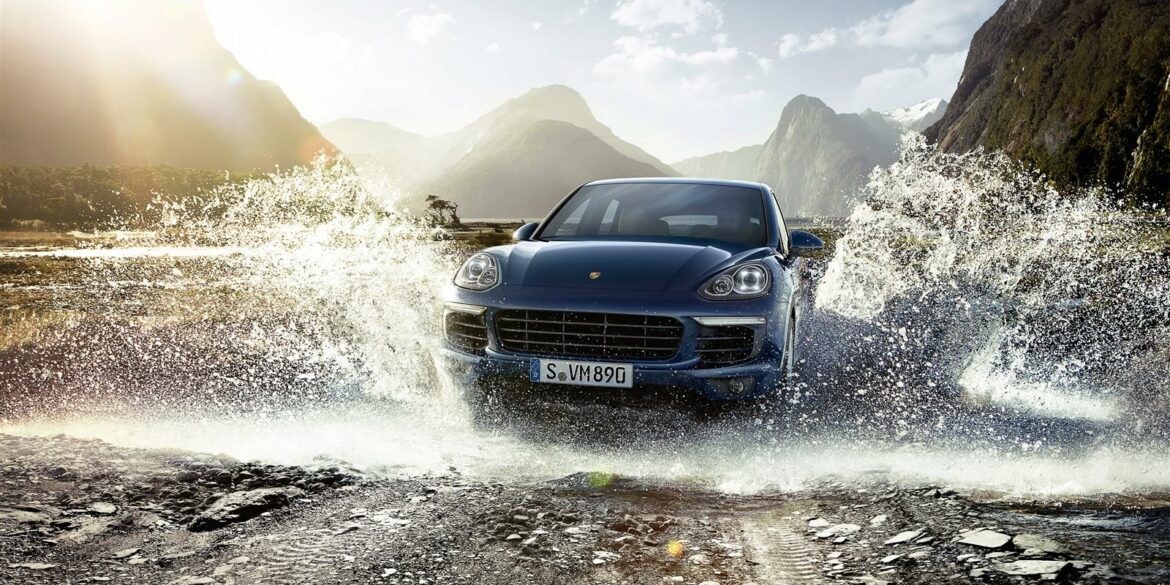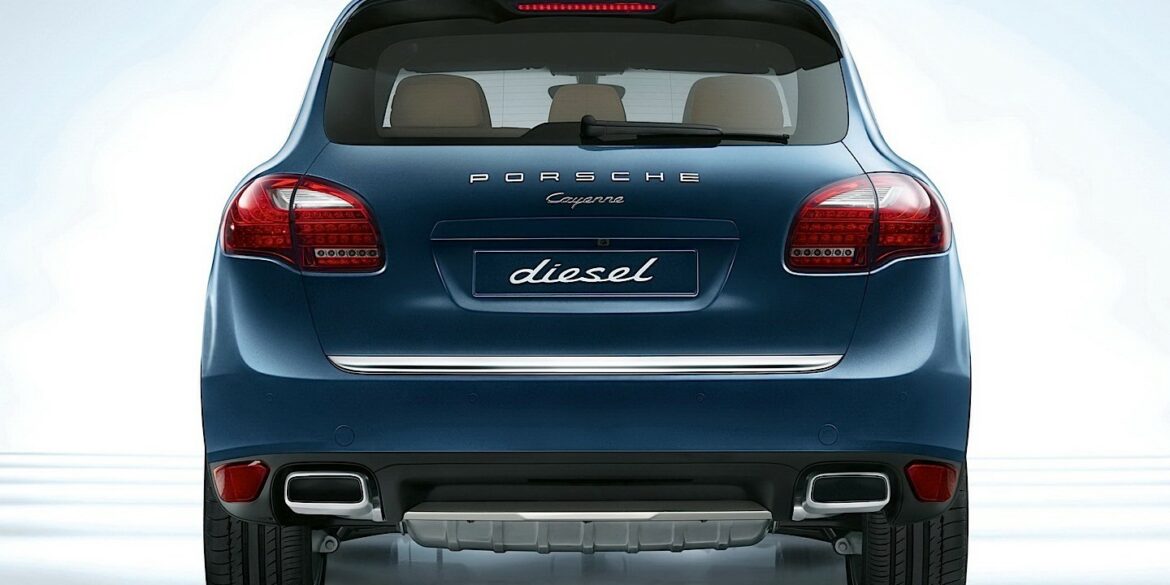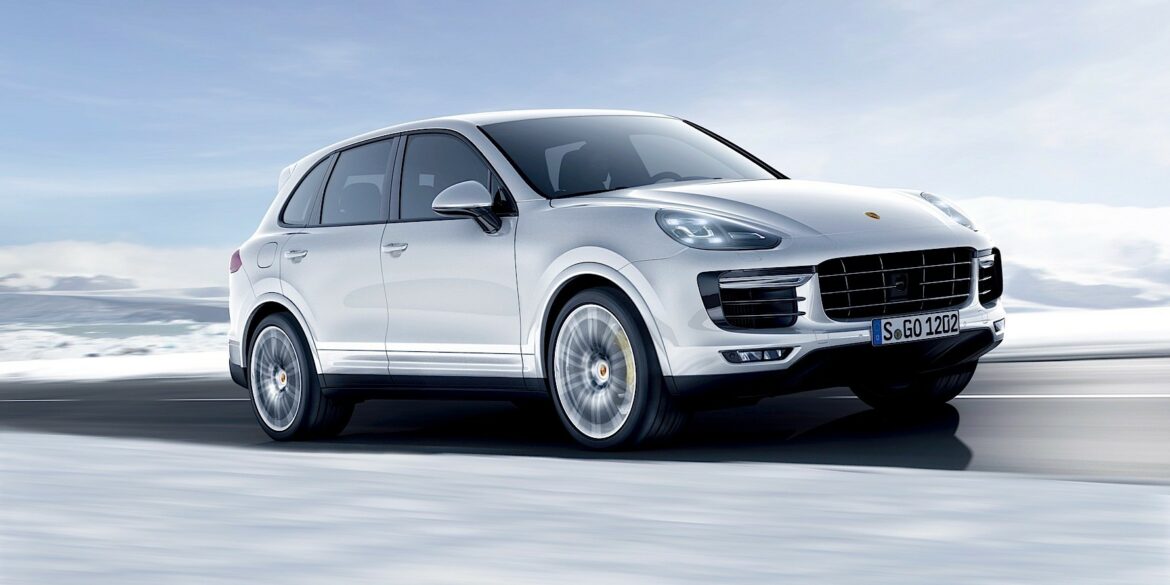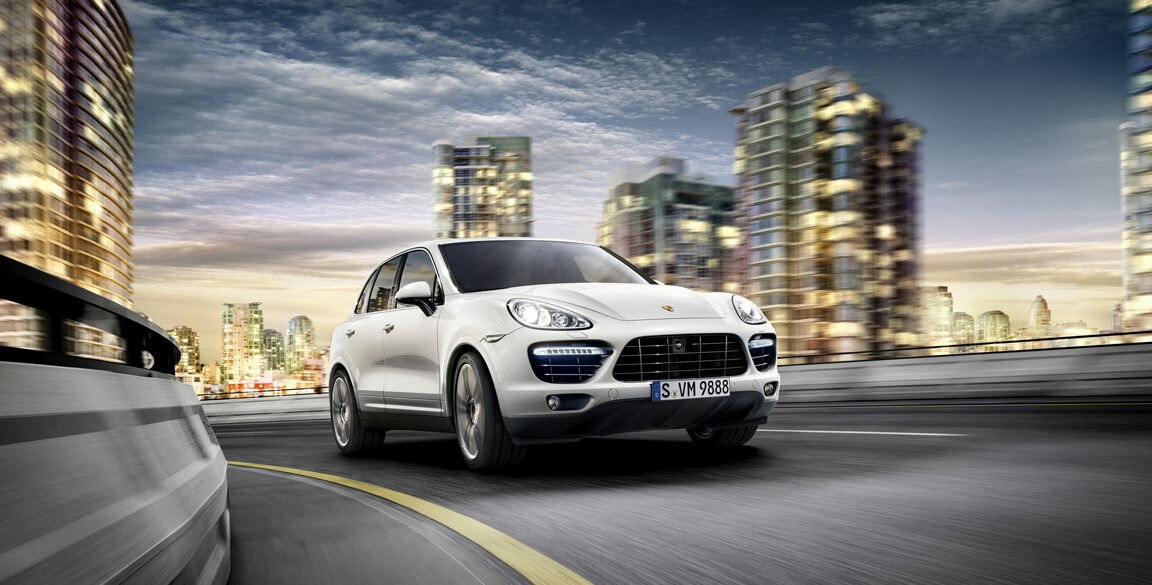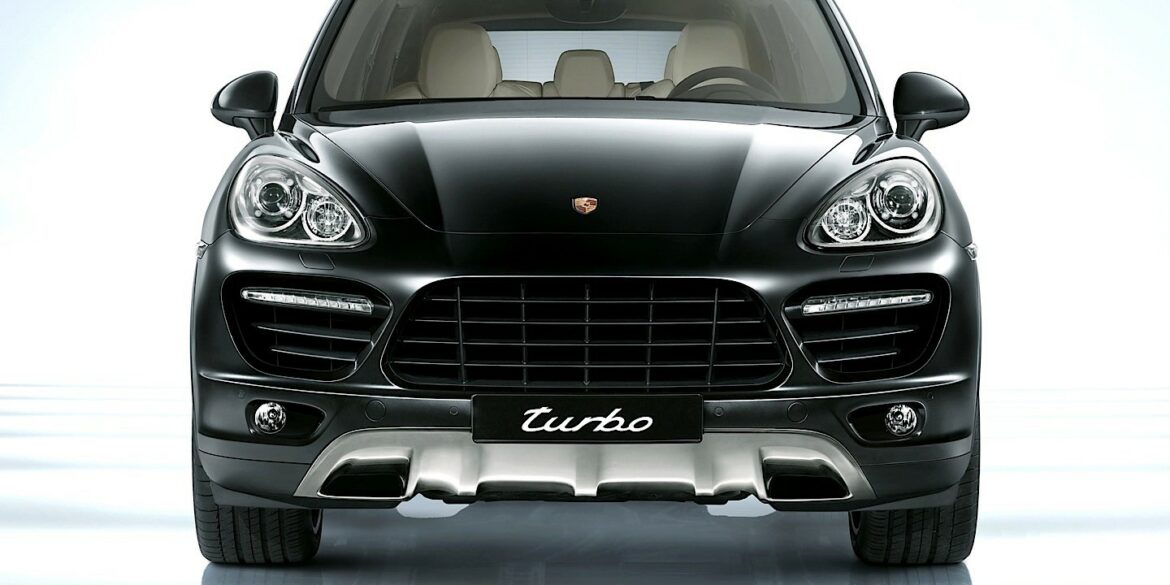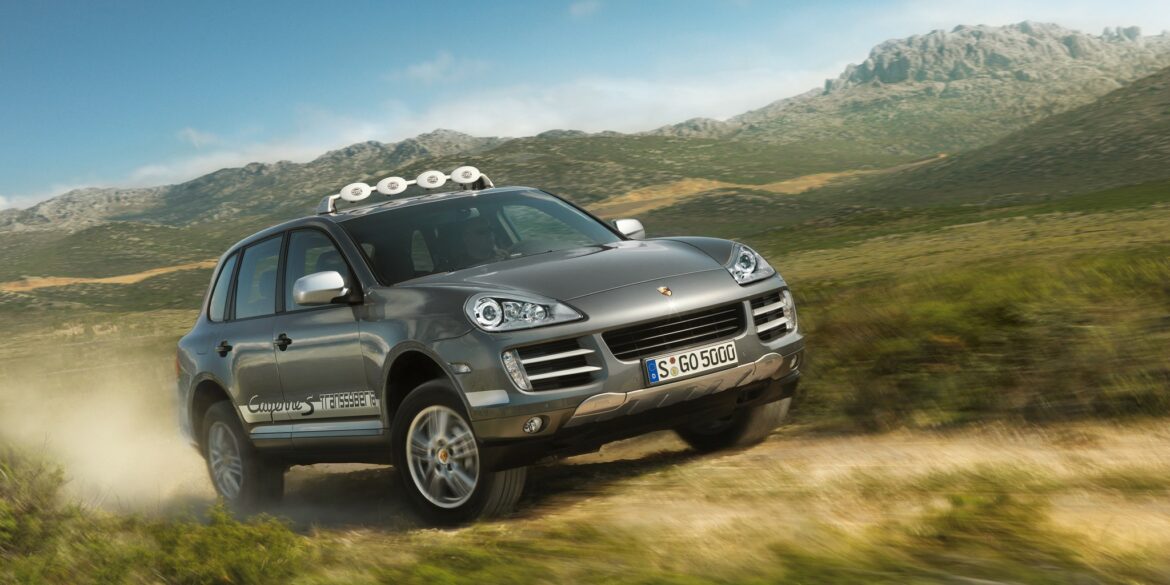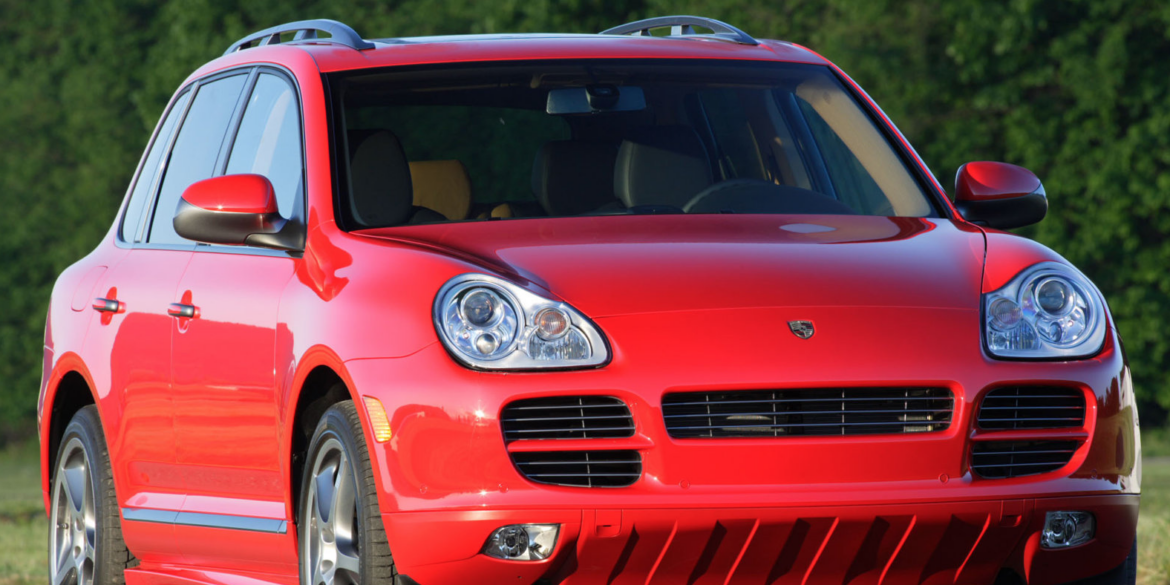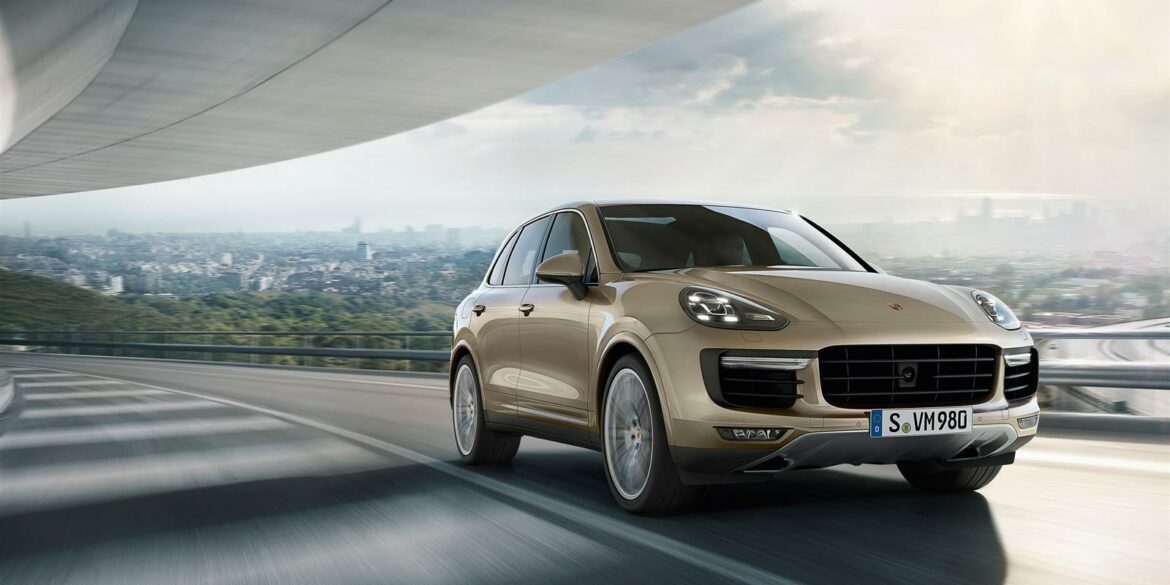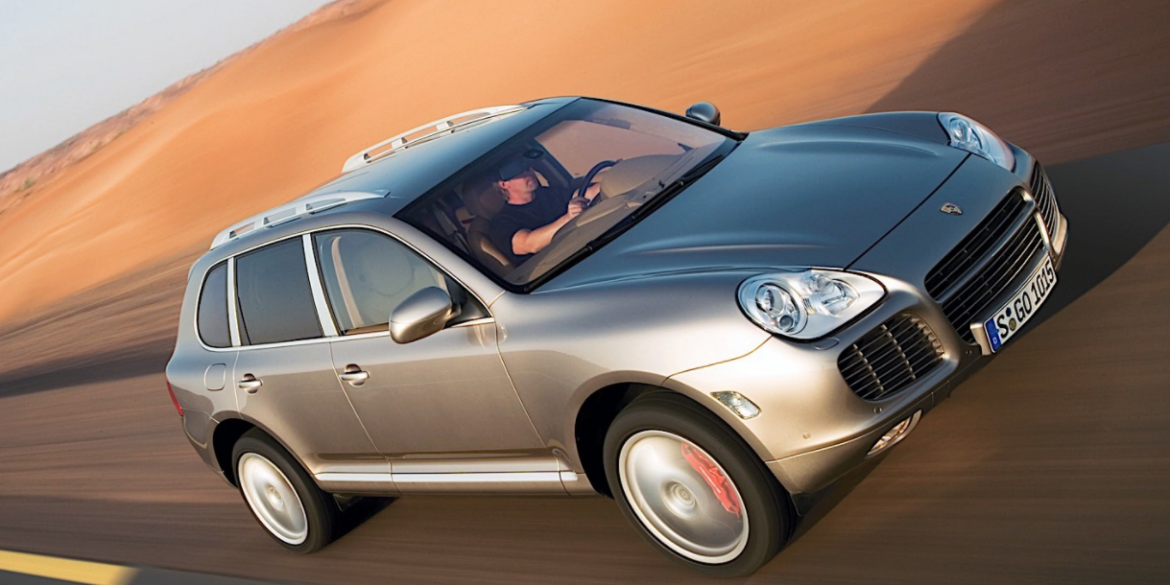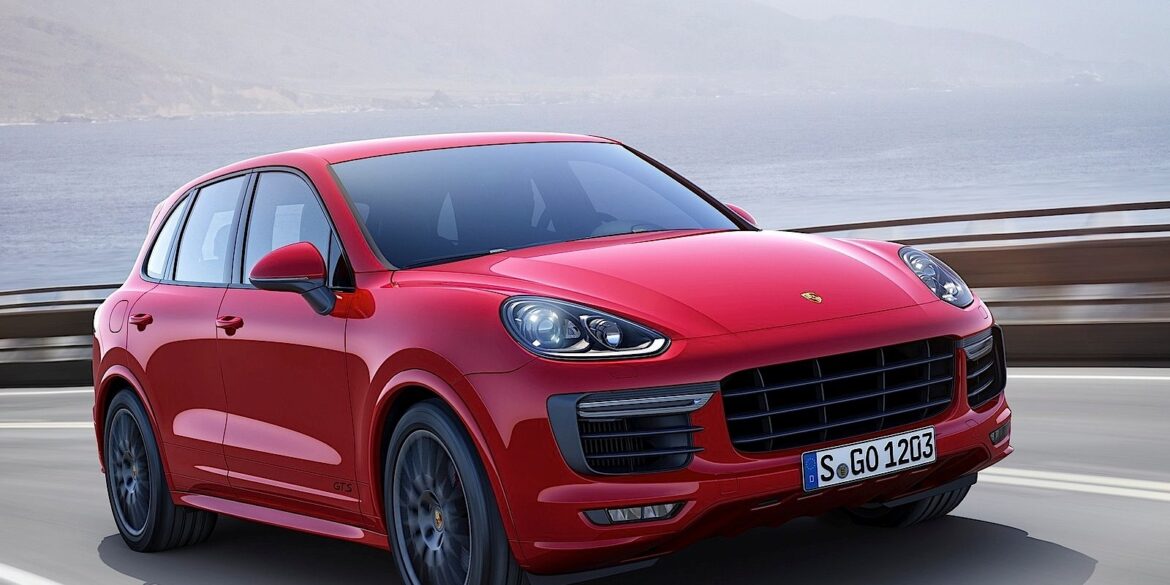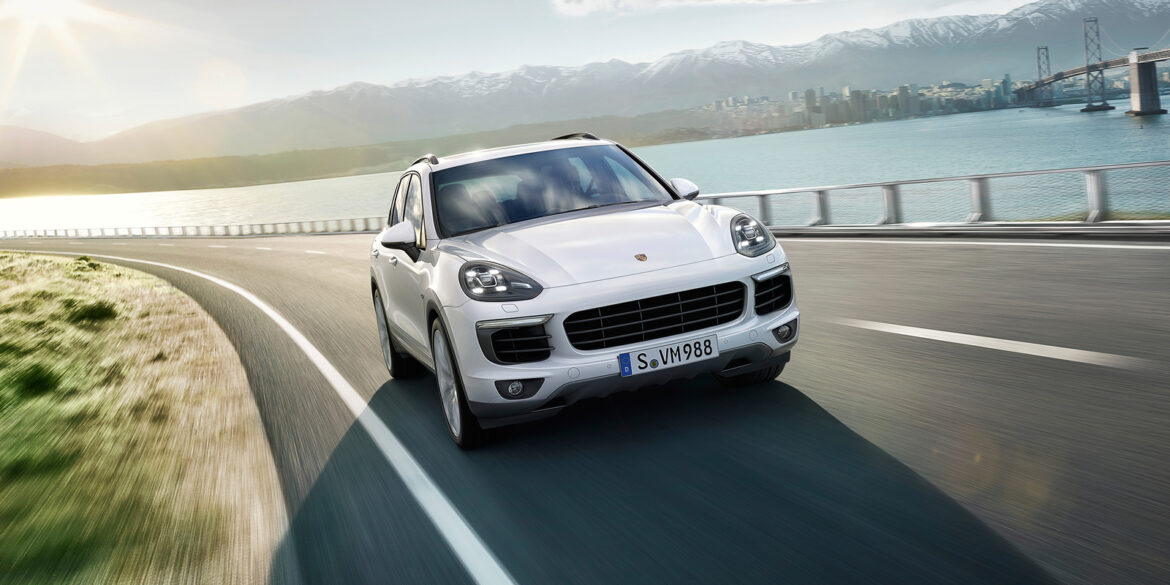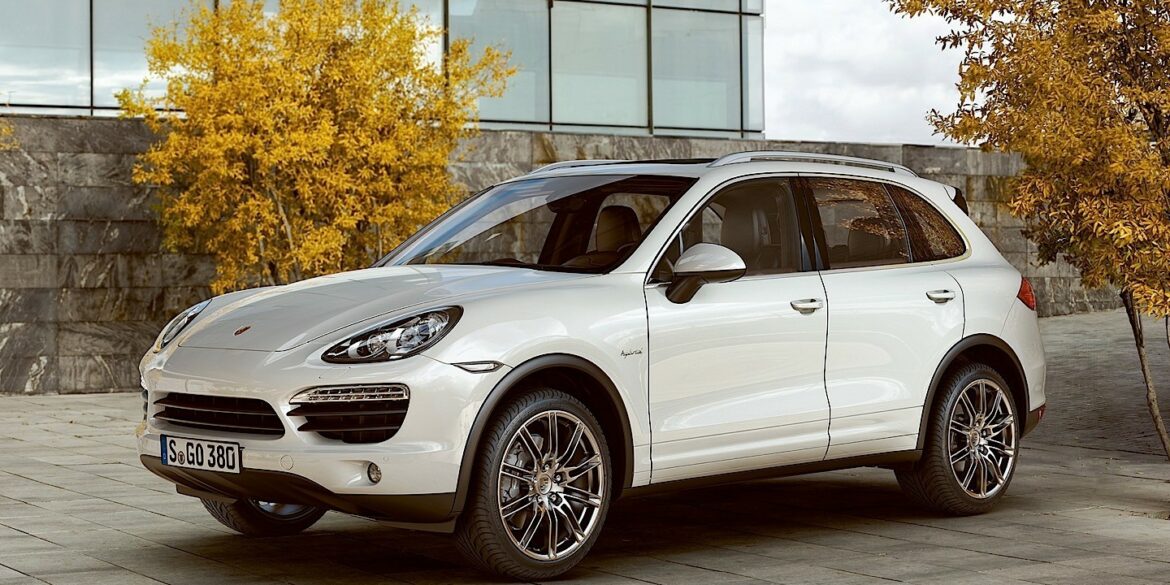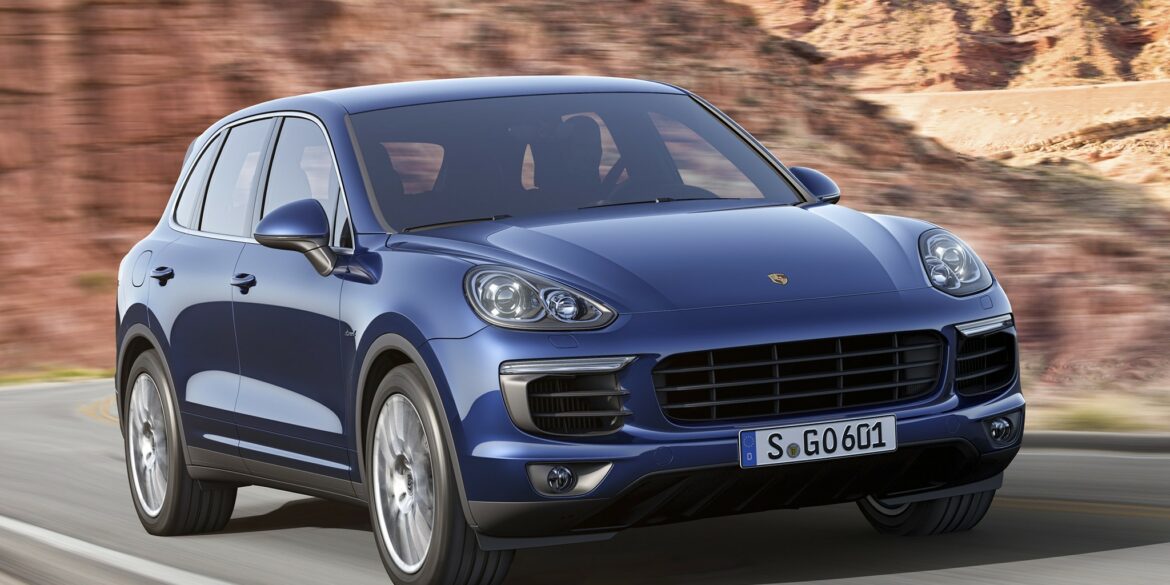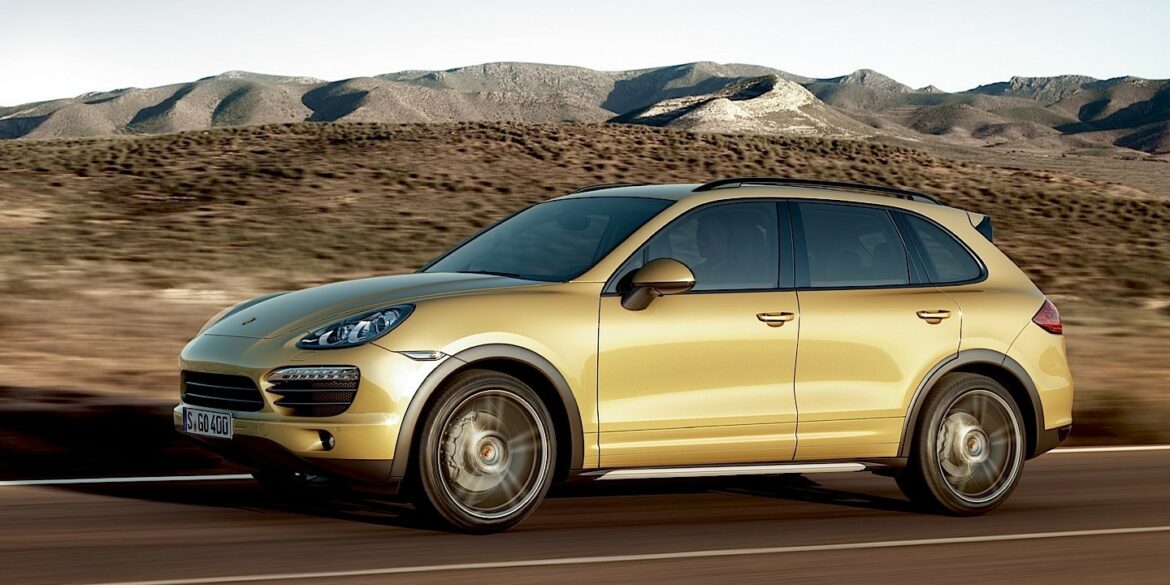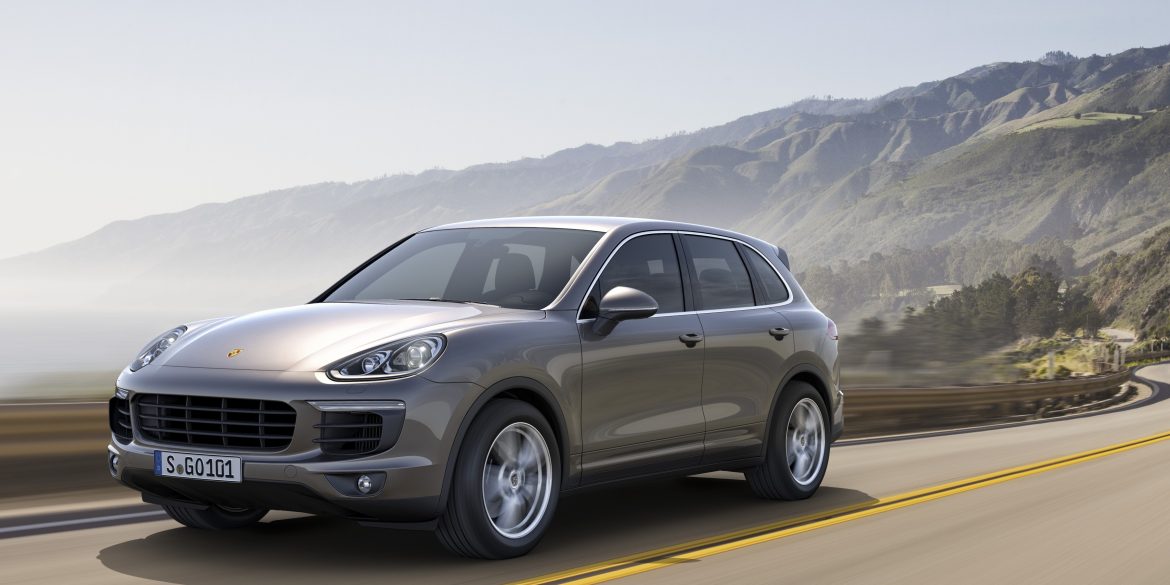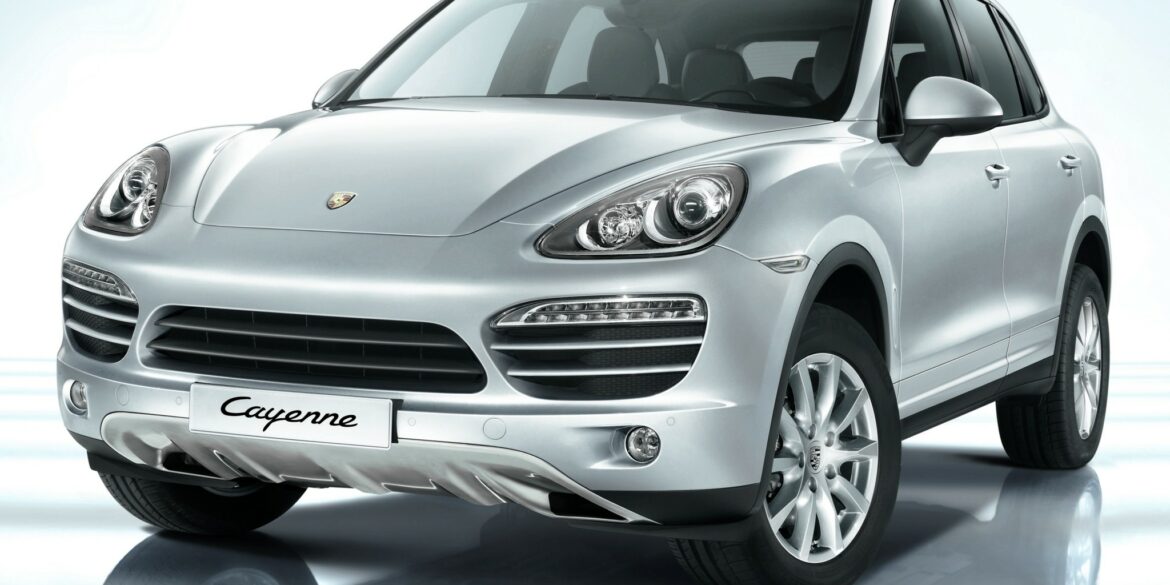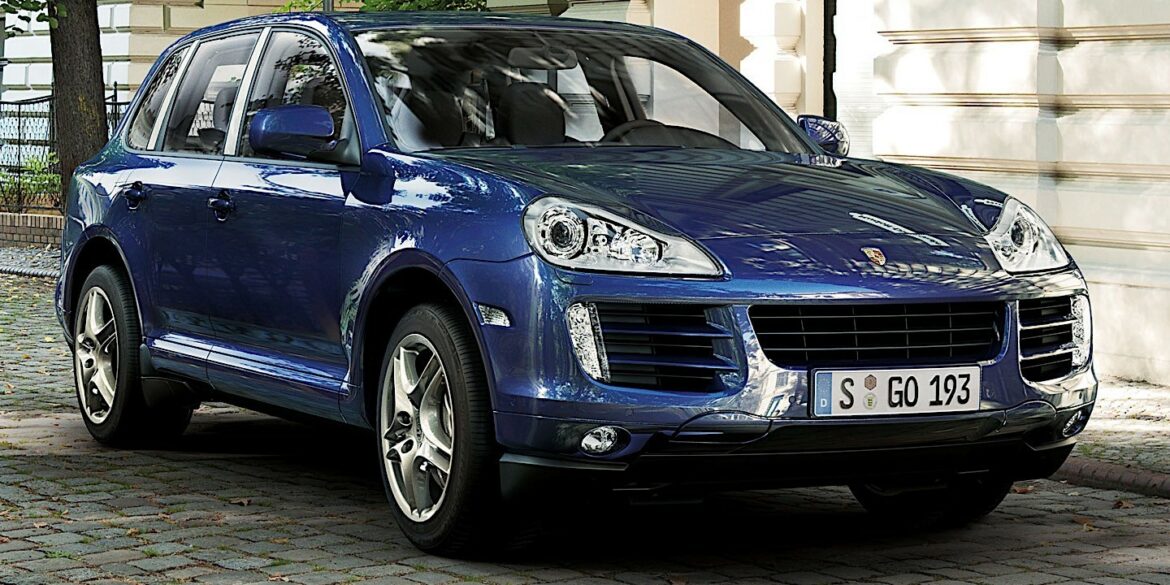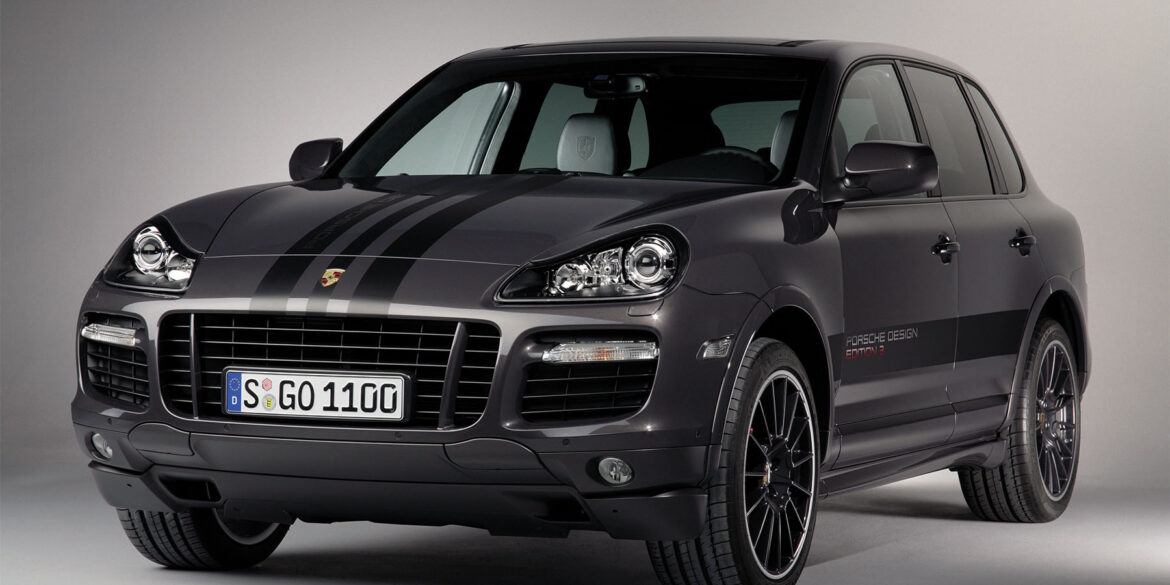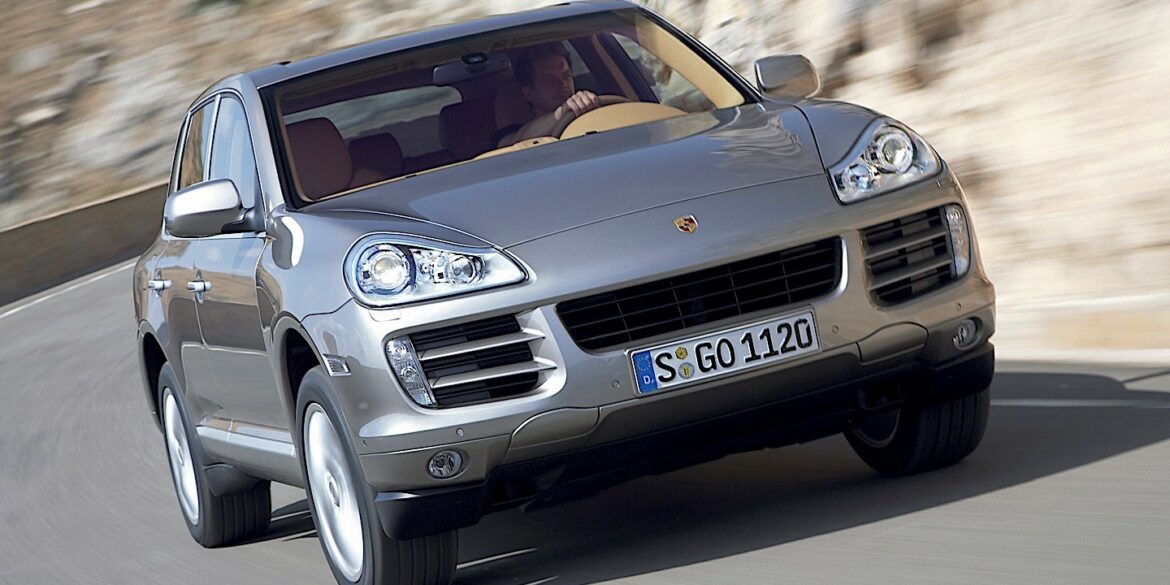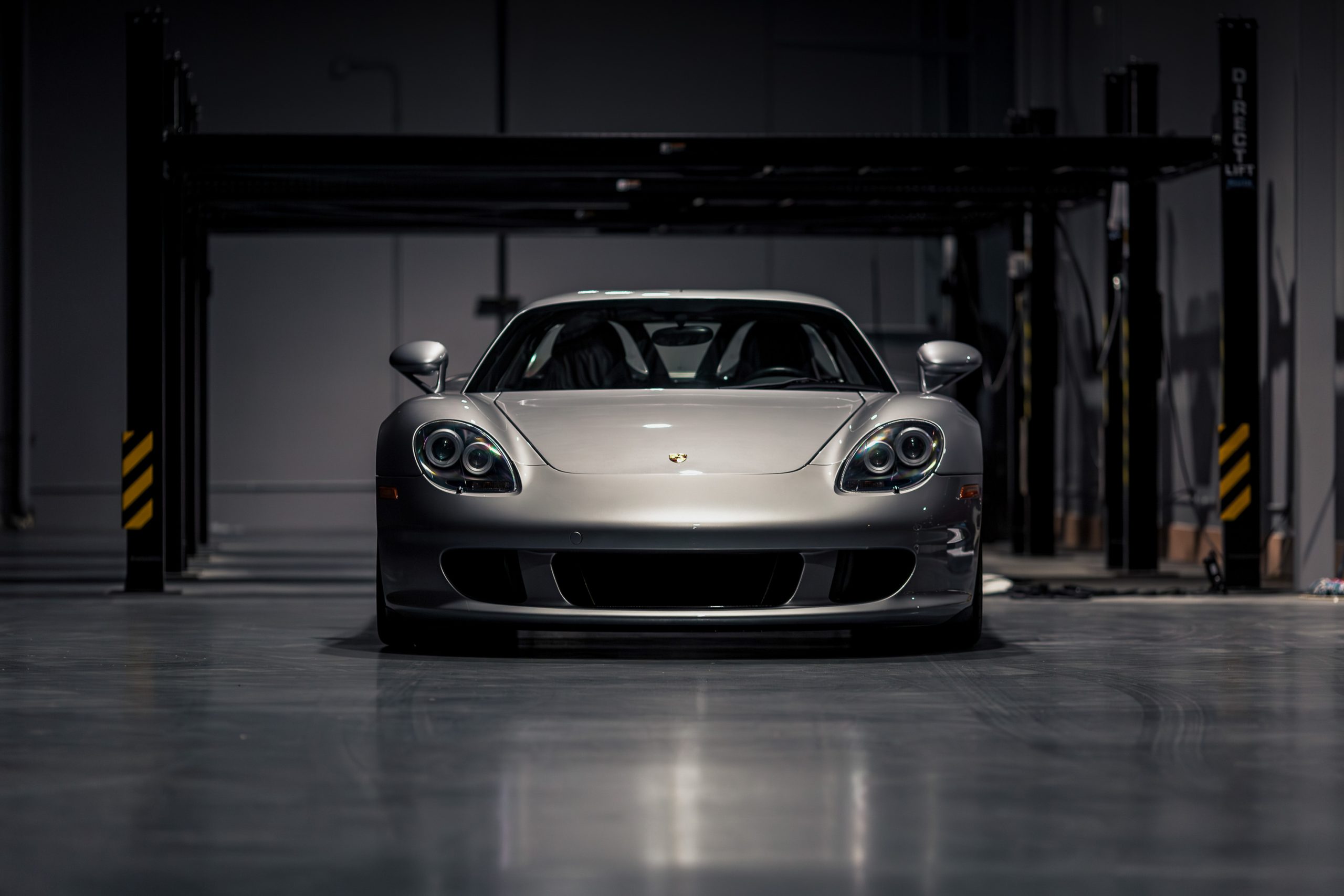Porsche 914 Blueprints, Mechanical & Technical Drawings Porsche 914 Front and Rear Frame ...
Porsche 911 GT3 / 911 GT2 Sales Brochures (All Generations & Years) For Porsche purists and track-day enthusiasts, this is the ultimate resource! We’ve gathered every sales brochure for the Porsche 911 GT3 and 911 GT2, covering all generations and years, and made them available for free download. These brochures...
Porsche 911 Turbo Sales Brochures (All Generations & Years) Attention Porsche 911 Turbo fans! We’ve created the ultimate resource for enthusiasts and collectors—a complete collection of Porsche 911 Turbo sales brochures from all years, available for free download. Covering every generation, from the iconic 930 Turbo of the 1970s to...
Porsche Panamera (Third Generation) Sales Brochures Are you a fan of the Porsche Panamera? Whether you’re a current owner, prospective buyer, or just love diving into Porsche’s official literature, we’ve got something special for you! We’ve compiled every sales brochure for the current (third-generation) Porsche Panamera, and they’re available for...
Porsche Lineup Sales Brochures Calling all Porsche enthusiasts and collectors! We’ve put together an exclusive resource featuring every Porsche annual lineup sales brochure, available for free download. Spanning decades of Porsche history, these brochures offer a fascinating look at how the brand has evolved, from iconic classics like the 911...
Porsche 917 Sales Brochure The Porsche 917 is one of the most legendary race cars in motorsport history, known for dominating endurance racing and securing Porsche’s first overall victory at the 24 Hours of Le Mans in 1970. Built to comply with FIA’s Group 4 homologation rules, Porsche was required...
Porsche 904 Carrera GTS Sales Brochure The Porsche 904 Carrera GTS, introduced in 1964, is an iconic mid-engine sports car that bridged the gap between Porsche’s road cars and its racing prototypes. Designed by Ferdinand “Butzi” Porsche, the 904 featured a sleek, lightweight fiberglass body over a steel frame—an innovative...
Porsche is honoring its legendary automotive heritage with an extraordinary creation: the 718 Spyder RS Panamericana Special. This one-of-a-kind vehicle commemorates the 70th anniversary of the official Porsche team’s historic participation in the first era of the Carrera Panamericana, Mexico. As the final piece of a special trilogy celebrating the...
30 Point Porsche Cayenne Buying & Inspection Checklist In this guide, we’ll walk you through a comprehensive 30-point checklist, covering everything you need to check irrespective which generation Porsche Cayenne you are looking to buy. We’ve even created a free, printable PDF version for each generation Cayenne that you can...
Frequent Porsche Cayenne Problems & Solutions – A Step by Step Guide to Help Owners Diagnose and Solve Your Most Annoying Cayenne Issues The Porsche Cayenne is a luxury SUV with sports car DNA, offering high performance, cutting-edge technology, and off-road capability. However, like any high-performance vehicle, it comes with...
Common Problems with the Porsche Cayenne: What Every Buyer and Owner Should Know The Porsche Cayenne has been a game-changer in the luxury SUV market since its debut in 2003, blending performance, practicality, and Porsche engineering into a high-powered, all-terrain package. Over the years, the Cayenne has evolved through three...
Porsche Cayenne Paint Color Options & Samples This post outlines all the color options for the Porsche Cayenne over its production life. We have official books and catalogs of all the color options for the Porsche Cayenne over the years. Porsche Cayenne E1 Colors (MY2003) No Subscription? You’re missing out...
Today Porsche revealed two new versions of their popular mid-engine 718 models, for the 2023 model year we’ll be getting the new Porsche 718 Boxster Style Edition and 718 Cayman Style Edition, but before you run to your local Porsche dealership outside of Europe, be prepared for a longer waiting...
30 Point Porsche 928 Buying & Inspection Checklist In this guide, we’ll walk you through a comprehensive 30-point checklist, covering everything you need to check—from hidden rust spots in the battery tray area to engine health, electrical gremlins, and interior wear. We’ve even created a free, printable PDF version that...
Common Problems with the Porsche 928: What Every Buyer and Owner Should Know The Porsche 928, introduced in 1977 and produced until 1995, was a radical departure from Porsche’s rear-engine 911 formula. Designed as a luxurious grand tourer (GT), the 928 featured a front-mounted V8 engine, a transaxle for near-perfect...
30 Point Porsche 968 Buying & Inspection Checklist In this guide, we’ll walk you through a comprehensive 30-point checklist, covering everything you need to check—from hidden rust spots in the battery tray area to engine health, electrical gremlins, and interior wear. We’ve even created a free, printable PDF version that...
Common Problems with the Porsche 968: What Every Buyer and Owner Should Know The Porsche 968, produced between 1992 and 1995, was the final evolution of Porsche’s transaxle sports cars, replacing the 944. Featuring a 3.0L inline-four engine, VarioCam variable valve timing, and improved aerodynamics, the 968 offered a refined...
30 Point Porsche 944 Buying & Inspection Checklist In this guide, we’ll walk you through a comprehensive 30-point checklist, covering everything you need to check—from hidden rust spots in the battery tray area to engine health, electrical gremlins, and interior wear. We’ve even created a free, printable PDF version that...
Common Problems with the Porsche 944: What Every Buyer and Owner Should Know The Porsche 944 is one of the most beloved classic sports cars, offering a perfect blend of balance, handling, and timeless styling. As an evolution of the 924, it introduced a Porsche-designed 2.5L inline-four engine, wider fenders,...
Common Problems with the Porsche 924: What Every Buyer and Owner Should Know The Porsche 924 is a unique chapter in Porsche’s history, offering a front-engine, water-cooled alternative to the brand’s traditional rear-engine lineup. Known for its balanced handling and distinctive styling, the 924 has become a popular entry point...
30 Point Porsche 914 Buying & Inspection Checklist The Porsche 914 is a unique blend of quirky charm, mid-engine balance, and vintage sports car fun. However, buying one of these classic icons requires a careful eye and a thorough inspection. With rust-prone areas, quirky transmission issues, and aging mechanical systems,...
Common Problems with the Porsche 914: What Every Buyer and Owner Should Know The Porsche 914 is an automotive icon with a unique personality, known for its mid-engine balance, targa top, and minimalist design. Developed in partnership with Volkswagen, it became a beloved sports car for enthusiasts seeking a pure...
Porsche 718 Boxster Spyder RS – Ultimate Guide Official photos: 2023 May 10 / Premiere: Sometime in June, 2023 / Market launch: Spring 2024 The 982 generation has been perhaps one of the best series of models that Porsche has put forward, as you do not attach the model number...
The ultimate tool kit never to be used? When the Porsche 959 was introduced at the Frankfurt Auto Show in 1985 it was the most technologically advanced supercar ever offered for public sale. Porsche had originally developed the car for FIA Group B competition, Ferrari had developed their F40 for the...
Fresh colours and harmonious contrast packages characterise the new Porsche 718 Boxster Style Edition and 718 Cayman Style Edition sports cars. Available on the base model, this is a sweet package for the buyer looking to jazz up their base Cayman or Boxster and make them really special. Underlining Porsche’s commitment to ever more creative and vibrant bespoke finishes, the new models are characterized by special colors and matching contrasting elements. This is evident with the new color Ruby Star Neo, a modern interpretation of the color used on the 964 Carrera RS.
The Boxster 718 T was released for the 2020 model year as more sport-oriented versions of the base 718 models. As such, the T features the same 2.0-litre flat-4 engine as the base 718 but adds performance-oriented options such as Porsche's sport suspension system, the Sport Chrono package, and a limited-slip differential, along with minor cosmetic differences including special decals along the lower doors, a smaller-diameter steering wheel, door pull straps in place of standard door handles, wheels from the Porsche 992 Carrera S, and black rear badging.
No Subscription? You’re missing out Get immediate ad-free access to all our premium content. Get Started Already a Member? Sign in to your account here....
No Subscription? You’re missing out Get immediate ad-free access to all our premium content. Get Started Already a Member? Sign in to your account here....
Porsche Cayenne Sales Figures Porsche Cayenne Sales Numbers (U.S Market) Sales Totals Per Year & Model (coming soon) No Subscription? You’re missing out Get immediate ad-free access to all our premium content. Get Started Already a Member? Sign in to your account here....
Porsche 718 Boxster & Cayman Sales Figures Porsche 718 Sales Numbers (U.S Market) Sales Totals Per Year & Model (coming soon) No Subscription? You’re missing out Get immediate ad-free access to all our premium content. Get Started Already a Member? Sign in to your account here....
No Subscription? You’re missing out Get immediate ad-free access to all our premium content. Get Started Already a Member? Sign in to your account here....
No Subscription? You’re missing out Get immediate ad-free access to all our premium content. Get Started Already a Member? Sign in to your account here....
No Subscription? You’re missing out Get immediate ad-free access to all our premium content. Get Started Already a Member? Sign in to your account here....
1998 Porsche 911 GT1 ’98 Technical Specifications GT1/98 race car specifications – chassis #003 Engine 6-cylinder boxer, water-cooled, aluminium engine block and cylinder heads, 2 intake and 2 discharge valves per cylinder, 2 exhaust gas turbo chargers with air restrictors, 2 charce air intercoolers, dry sump lubrication, electronic engine management...
No Subscription? You’re missing out Get immediate ad-free access to all our premium content. Get Started Already a Member? Sign in to your account here....
No Subscription? You’re missing out Get immediate ad-free access to all our premium content. Get Started Already a Member? Sign in to your account here....
1994-1998 Porsche 911 Engine Torque Directions This tightening torque specs list is ONLY for the following Porsche models and years: 1993 to 1998 Porsche 911 (993) Carrera, 4, S, 4S – years 1993, 1994, 1995, 1996, 1997 and 1998 No Subscription? You’re missing out Get immediate ad-free access to all...
1998-2006 Porsche 911 Fuses Box Diagram and Amperages List This fuse box information is ONLY for the following Porsche models and years: 1998 to 2006 Porsche 911 (996) Carrera, 4, S, 4S, Targa and Turbo – years 1998, 1999, 2000, 2001, 2002, 2003, 2004, 2005 and 2006 Fuse Box Location...
2002-2006 Porsche Cayenne Service Schedule The Porsche Cayenne 955 (2003–2006) and 957 (2008–2010) were Porsche’s first foray into the SUV market, bringing sports car performance, off-road capability, and luxury together in one package. While these models were built to last, all first-generation Cayennes are now well over a decade old,...
2006-2013 Porsche Cayman Fuses Box Diagram and Amperages List This fuse box information is ONLY for the following Porsche models and years: – 2005 to 2013 Porsche 987c Cayman and Cayman S – years 2005, 2006, 2007, 2008, 2009, 2010, 2011, 2012 and 2013 Fuse Box Location The fuse box...
986 Porsche Boxster & Porsche Boxster S Model Year Differences 1997 Boxster The 986 Boxster is introduced Technical Specifications: 201 HP 2.5 Litre engine with a 5 speed manual transmission or optional 5 speed Tiptronic (automatic). Early cars were produced in Stuttgart (11th digit of VIN is “S”) while later...
No Subscription? You’re missing out Get immediate ad-free access to all our premium content. Get Started Already a Member? Sign in to your account here....
Stuttgart. Porsche is celebrating the 25th birthday of its roadster family with a special anniversary model: the Boxster 25 Years. The limited edition is restricted to 1,250 units worldwide and is based on the GTS 4.0 model, which is powered by a 4.0-litre six-cylinder boxer engine with 294 kW (400 PS). It makes reference to numerous design features of the Boxster concept car that heralded the success story of the open-top two-seater at the 1993 Detroit Motor Show. The production version was launched in 1996 with hardly any changes in its visual appearance and is now in its fourth generation.
No Subscription? You’re missing out Get immediate ad-free access to all our premium content. Get Started Already a Member? Sign in to your account here....
No Subscription? You’re missing out Get immediate ad-free access to all our premium content. Get Started Already a Member? Sign in to your account here....
No Subscription? You’re missing out Get immediate ad-free access to all our premium content. Get Started Already a Member? Sign in to your account here....
No Subscription? You’re missing out Get immediate ad-free access to all our premium content. Get Started Already a Member? Sign in to your account here....
No Subscription? You’re missing out Get immediate ad-free access to all our premium content. Get Started Already a Member? Sign in to your account here....
No Subscription? You’re missing out Get immediate ad-free access to all our premium content. Get Started Already a Member? Sign in to your account here....
No Subscription? You’re missing out Get immediate ad-free access to all our premium content. Get Started Already a Member? Sign in to your account here....
No Subscription? You’re missing out Get immediate ad-free access to all our premium content. Get Started Already a Member? Sign in to your account here....
No Subscription? You’re missing out Get immediate ad-free access to all our premium content. Get Started Already a Member? Sign in to your account here....
No Subscription? You’re missing out Get immediate ad-free access to all our premium content. Get Started Already a Member? Sign in to your account here....
No Subscription? You’re missing out Get immediate ad-free access to all our premium content. Get Started Already a Member? Sign in to your account here....
No Subscription? You’re missing out Get immediate ad-free access to all our premium content. Get Started Already a Member? Sign in to your account here....
No Subscription? You’re missing out Get immediate ad-free access to all our premium content. Get Started Already a Member? Sign in to your account here....
No Subscription? You’re missing out Get immediate ad-free access to all our premium content. Get Started Already a Member? Sign in to your account here....
No Subscription? You’re missing out Get immediate ad-free access to all our premium content. Get Started Already a Member? Sign in to your account here....
No Subscription? You’re missing out Get immediate ad-free access to all our premium content. Get Started Already a Member? Sign in to your account here....
No Subscription? You’re missing out Get immediate ad-free access to all our premium content. Get Started Already a Member? Sign in to your account here....
No Subscription? You’re missing out Get immediate ad-free access to all our premium content. Get Started Already a Member? Sign in to your account here....
Essentially a liaison Boxster version situated between the 718 Boxster GTS and the hardcore 718 Spyder, the Porsche 718 Boxster GTS 4.0 offers a mix between the comfort and features found on the regular GTS and a detuned version of the engine found in the Spyder. Alongside its hardtop Cayman sibling, it is also one of the last production sports cars with a large displacement engine that doesn't feature turbocharging or supercharging. It produces 395 bhp @ 7800 rpm and 310 ft lbs @ 5000 rpm and can hit zero to 60 mph in 4.3 seconds (only 0.1 seconds slower than the Spyder).
The mid-engine roadster is powered by the 2.7 liter flat-six engine with 265 hp. Its color concept remains consistent with the soft top and supplemental safety bar which are both finished in black. The wind deflector reduces undesirable turbulence when the soft top is down. 20-inch Carrera Classic wheels and the Bi-Xenon™ headlights with Porsche Dynamic Light System (PDLS) set distinctive highlights, while standard two-zone air conditioning and heated seats provide a higher level of comfort for both driver and passenger. The Porsche Communication Management system is included as standard.
On 5 November 2009, Porsche officially announced the Boxster Spyder, which was the lightest Porsche on the market at the time, weighing 1,275 kg , 80 kg lighter than a Boxster S. This was achieved through the elimination of the conventional soft top's operating mechanism, the radio/PCM unit, door handles, air conditioning, storage compartments, cup holders and large LED light modules on the front fascia, although some of these could be re-added to the car in the form of options. Weight saving was also gained using aluminum doors, an aluminum rear deck and the lightest 19-inch wheels.
The 2008 facelift of the Boxster S is powered by a new direct-injection 3.4-liter Boxer engine which develops more power than the earlier variant. The styling got a bit updated with some redesigned headlight casings, taillights, and bumpers, while the interior got new infotainment and more material/color combinations. There's a revised 6-speed manual as well as a new 7-speed PDK gearbox. Performance improves, with power now at 310 hp, rocketing the 987.2 Boxster S from 0 - 60 mph in just 5.2 seconds and to a top speed of 170 mph.
Porsche gave us something special in 2008, the Limited Edition Boxster and Boxster S. Pricing started at $59,900 for the Boxster S version. The Limited Edition’s bright orange paint was previously featured on the race-ready Porsche 911 GT3 RS. The Limited Edition is equipped with a sport exhaust system, and safety bars (also painted orange). The SportDesign package is also included.
Porsche unveiled its 2008 Limited Edition Boxster and Boxster S models at a private gathering at the occasion of the 2007 New York Auto Show. Largely inspired by the 2007 911 GT3 RS, only 250 examples of each model were produced in brilliant orange. Other special exterior features included glossy black painted mirrors, alloy wheels, front and side air inlets, and model designation.
In 2008, the second generation of the Boxster received new technologies and more power. It reached almost the same power as the former Boxster S, from the first generation. The 2.9-liter unit replaced the older 2.7-liter engine and offered 10 hp more than the older engine. It was paired as standard to a 6-speed manual, and a 7-speed PDK (Porsche dual-clutch) automatic was available as an option. The outside gets some welcome design tweaks also, while on the inside we get some updates and more technology options.
For the 2007 model year, the base Boxster received a revised engine featuring VarioCam Plus to provide a 3.7 kW (5.0 hp) power increase (183 kW (245 hp) the same as the Cayman). The Boxster S' engine was upgraded from 3.2-litre to 3.4-litre, resulting in a power increase of 11 kW (15 hp) more (220 kW (295 hp) the same as the Cayman S). These upgrades made the Boxster series and the Cayman series equivalent in terms of power.
First Generation Porsche Boxster (986) Paint Color Options This post outlines all the color options for the first generation Porsche Boxster over its production life, from 1997 model year through to end of 2004 model year. We have official books and catalogs of all the color options for the first...
Porsche Boxster (986) Engine Codes Interestingly, the Boxster 986 engine codes are not related to type 986 (they are not M86), but to 911 996 (M96). Engine Code Engine Displacement (Liters) Engine Displacement (cc) Power Torque Model Model years M96.20 2.50 2,480 201 bhp @ 6000 rpm 181 ft lbs...
In 2004, the Boxster S Special Edition, also called 550 Spyder Boxster S Special Edition was introduced with a production run of just 1,953 cars (paying homage to the 550 Spyder's year of introduction). 500 cars were made for the US Market. These were all painted in GT Silver Metallic, the same colour as the Carrera GT concept presented in 2000, and had unique cocoa-brown full-leather interior as standard with grey natural leather as a no-cost option.
The Boxster S was revised along with its Boxster version in 2003. From the outside, the 2002 Boxster S featured an apron with three air-intakes, one more than the non-S version. The 3.2-liter unit was installed in the Boxster since 2000, but after the facelift it was improved by 10 hp, reaching 258 hp. It was paired as standard with a 6-speed manual, or a 5-speed Tiptronic (automatic) as an option. As expected, the manual version was quicker and faster.
The first generation Boxster got a facelift and refresh for the 2003 model year. The 2003 Boxster came on the market with new engines and new options. It also had a new face, but not that different than the first generation. The result was more horsepower, the 2.7 liter now good for 225 bhp @ 6300 rpm and 192 ft lbs @ 4750 rpm. Power was up by 8 horsepower over the prior year model, while torque was unchanged. From the outside, the 2002 Boxster featured an apron with two air-intakes on the sides.
The Cayenne GTS is the hair-splitter’s latest achievement. It’s a Cayenne powered by the same 4.8-liter V-8 as seen in the Cayenne S but tuned for an additional 20 horsepower and 11 pound-feet of torque to make 420/380. It wears a body similar in style to the Cayenne Turbo, meaning a domed hood, blacked-out trim, and body-color fender extensions and side skirts. And it’s loaded with standard performance gear that is optional on lesser Cayennes. What isn't there to like?
The Cayenne S diesel earns the “S” by way of a twin-turbocharged 4.2-liter diesel V-8 engine that pumps out a prodigious 382 hp and 627 lb-ft of torque. By comparison, the non-S Cayenne diesel’s 3.0-liter V-6 spits out a relatively puny 240 hp and 406 lb-ft of twist. Interestingly, the S diesel gets Porsche’s engine stop-start system standard; here in the U.S., the fuel-saving feature isn’t available on the pedestrian Cayenne diesel.
The Cayenne S diesel earns the “S” by way of a twin-turbocharged 4.2-liter diesel V-8 engine that pumps out a prodigious 382 hp and 627 lb-ft of torque. By comparison, the non-S Cayenne diesel’s 3.0-liter V-6 spits out a relatively puny 240 hp and 406 lb-ft of twist. Interestingly, the S diesel gets Porsche’s engine stop-start system standard; here in the U.S., the fuel-saving feature isn’t available on the pedestrian Cayenne diesel.
The facelifted version of the Porsche Cayenne was introduced in 2014 and it received a restyled design, new features, and, most important, upgraded engines, such as the V6 diesel version. The V6 diesel version played an important role in this and Porsche decided to keep it in the stable. Along with the facelifted version of the second generation Cayenne, a new V6 diesel was installed. Under the hood, the 2014 Cayenne Diesel offered an enhanced version of the 3.0-liter V6 diesel unit.
The V6 diesel engine was the same unit found in the other Volkswagen group models. The 3.0-liter unit offered 240 hp. It was mated as standard with an 8-speed automatic gearbox. Cayenne Diesel Turbo 3.0 176 kW for 2011 model year. In 2012, power increased to 180 kW. 2013 saw the launch of the Cayenne Diesel S Turbo 4.1 281 kW version. The Cayenne Diesel with its 240 bhp is hardly a top performer.
The Turbo S version was the sportiest version for the second generation of the Porsche Cayenne and, along with the rest of the stable, it received a facelift for the 2015 model year. The revised engine offered 20 hp more than its predecessor. It was the same twin-turbo 4.8-liter V8 unit and it was paired to an 8-speed auto and like the Turbo, it was offered with a standard air-suspension but adds Ceramic Brakes system.
As the flagship of the Cayenne army, the Turbo S was well received by those who were looking for a faster SUV. And it wasn't only the speed, but also the cornering speed that the Turbo S was capable of. The engine was based on the 4.8-liter V8 unit installed in the Cayenne S and Cayenne Turbo, but with a higher compression ratio that led to 50 more hp. The standard transmission was an 8-speed Tiptronic S.
The second generation of the Porsche Cayenne was launched at the 2010 Geneva Motor Show. It was a big improvement over its predecessor and featured an evolved design. For the engine, the Cayenne Turbo featured a 4.8-liter V8 unit which offered 500 hp. For the transmission, the 2010 Cayenne lost the low-range transfer case. The standard transmission was an 8-speed Tiptronic gearbox. All-wheel drive was installed standard as well. Other new improvements led to a decrease in the overall weight by 180 kg (400 lbs).
Named after the 7200km intercontinental rally which the Cayenne won in 2007, the Porsche Cayenne S Transsyberia Special Edition offers a number of enhancements. It takes the 4.8-liter V8 unit that develops 405bhp and 500Nm of torque from the range topping GTS allowing the model to drop its base 0-60 mph time down by 0.5 seconds to 6.1 seconds. It is mated to a six-speed manual gearbox (automticac optional), with a 4.1:1 drive ratio and air suspension coupled with PASM.
The Cayenne S Titanium Edition was designed specifically for the U.S. and Canadian markets. Introduced only for 2006 (as a pre-GTS concept), it was a 1 year exclusive, limited production SUV featuring a lightweight steel body, aluminium hood, titanium-painted accented body parts, side lower rocker body panels, Sport-Quad Tip Exhaust chrome tailpipes, 19" titanium painted alloy wheels, bi-xenon headlights, two-tone interior upholstery, Porsche PCM 2.0 w/ trip computer navigation, MP3 audio and Bose cabin surround sound.
The Cayenne Turbo facelift was introduced in 2014 as a 2015 MY. Think of it as an enhanced version of the non-facelifted version. It offered the same torque as the non-facelifted Cayenne Turbo S, but less power. Under the hood, the revised engine offered 20 hp more than its predecessor. The exterior of the 2015 Cayenne was enhanced with a sharper design and clear lines. The front fenders, the grille, and the headlights were entirely new, with LEDs.
Porsche made things more interesting with the launch of a Turbo S version in 2006 to compete with the Mercedes-Benz ML 63 AMG. The Turbo S is powered by a twin-turbocharged 4.5 L V8 that produces 521 PS (383 kW; 514 hp) and 720 N⋅m (530 lb⋅ft) of torque; Acceleration from 0–60 mph (97 km/h) takes 5.0 seconds and the top speed is 171 mph (275 km/h); It features a six-speed automatic Tiptronic transmission.
For the 2015 facelift, the Cayenne GTS was improved in every way, offering better performances and lower fuel consumption. But unlike the rest of the range, it offered a sportier look. That side was reserved for the GTS, which took its badge from the 1963 Porsche 904 GTS. It was the first Porsche to revive that acronym.
The exterior of the 2014 Cayenne Hybrid was slightly different than the rest of the range. From the 4-LED daytime running lights and the green brake calipers to the special light-alloy wheels. The rear roof-spoiler was standard as well. Unusual though, even if the German SUV was a plug-in hybrid, it featured four round exhausts. The engine was a 3.0-liter supercharged V6 which offered 333 hp. It was helped by a 95 hp electric motor.
The absolute highlight of this new generation is the world debut of the Cayenne S Hybrid with its technically highly sophisticated parallel full hybrid drive and fuel consumption in the New European Driving Cycle of just 8.2 litres/100 kilometres (equal to 34.4 mpg imp), which means CO2 emissions of just 193 g/km. The Cayenne S Hybrid therefore combines the performance of an eight-cylinder with the economy of a six-cylinder running on much less fuel.
The Cayenne S gains V-6 power during its midcycle update. Porsche advertises more power und more efficiency—the new motor is up 20 horsepower to 420. Torque is a healthy 406 lb-ft, but the turbo-six lacks the personality of the V-8. Which, as V-8s go, was quite nice if rather generically Teutonic. Like, perhaps the iron-fisted Swabian middle manager of V-8s. It keeps the 8-speed automatic. Porsche claims that it has made interior revisions, but the innards look pretty much the same to us, save for the new steering wheel.
Car and Driver said:' "More horsepower and less weight add up to a winning combo in the Cayenne S". We agree. Alongside the weight loss and the striking new exterior and interior design, Porsche got an extra 15 hp from the Cayenne S’s naturally aspirated 4.8-liter V-8. A new transmission with two more forward ratios (now an 8-speed) transforms the drive. Cayenne S hits 60 mph in 5.5 seconds and clear the quarter-mile in 14.1 at 101 mph.
In July 2014, Porsche launched a facelifted Cayenne range for the 2015 model year. Minor exterior alterations and new power-train options. For the base Cayenne, there was a a mildly revised exterior and interior inspired by the 918 Spyder. Two new interior colors, Carrara White and Palladium Metallic, are new while the two-tone black/beige upholstery is now a no cost option. Dark walnut is also a new addition to the available interior accents. The suspension on all Cayennes has also been revised.
The second-generation Cayenne moved the game on for SUVs. It has a nicer design, more powerful engines and much nicer interiors. The base V6 Cayenne was good for 299 hp @ 6,300 rpm and 295 ft lbs of torque. Acceleration was decently brisk with 0 - 60 mph over in 7.5 seconds and top speed of 143 mph. The car was slightly longer, wider, and higher than its predecessor. All new models shared the new headlight graphics with additional lights at the inside so unmistakably Porsche.
The European market asked for a diesel engine and the car-maker had to deliver it to keep the sale up in a struggled market affected by the world financial crisis. The engine was a carry-over from the Audi line-up, with a variable turbocharger system and a 3.0-liter displacement. It offered 240 hp and it was tuned to offer more performance. For instance, at hard accelerations, the system disengaged the AC compressor until the engine reached 2500 rpm.
An exclusive limited edition Cayenne GTS “Porsche Design Edition 3”. Limited to just 1,000 units worldwide, the limited edition Cayenne adds equipment and Porsche Design styling touches to stand out from the crowd. Distinguishing the special edition model is a Lava Grey paint scheme, extended roof spoiler, racing stripes, and 21in alloy wheels in a matching anthracite finish. This special edition looks the goods, but sadly there were no mechanical changes to differentiate it from the core GTS.
The Cayenne Cayenne GTS was fitted with a 4.8-liter V8 unit, which developed 405 hp. Unlike the Turbo, it was offered with a 6-speed manual as well, while the Tiptronic S (automatic) 6-speed transmission was on the options list. This was the true enthusiasts SUV and the sweet spot in the Cayenne lineup. It also looked great with the black accents and more agressive touches throughout the exterior.
The 2008 model year marks the launch of updated Porsche Cayenne. With a striking new face that features a dramatic new headlight design and with a wide and muscular new body accented by broad wheel arches, the 2008 Porsche Cayenne's newly sculpted sheetmetal provides vivid visual testimony to the vehicle's enhanced technical features. Inside, the interior has received an important update with new infotainment unit, new gauges and more.






